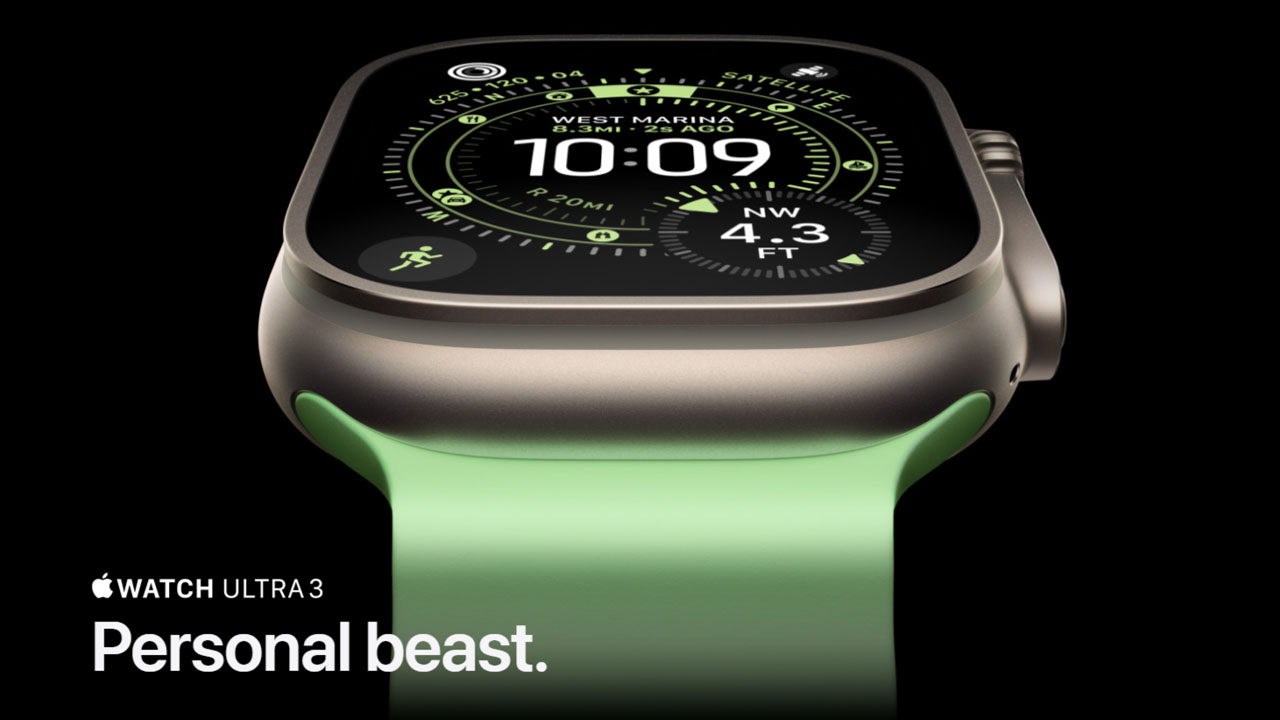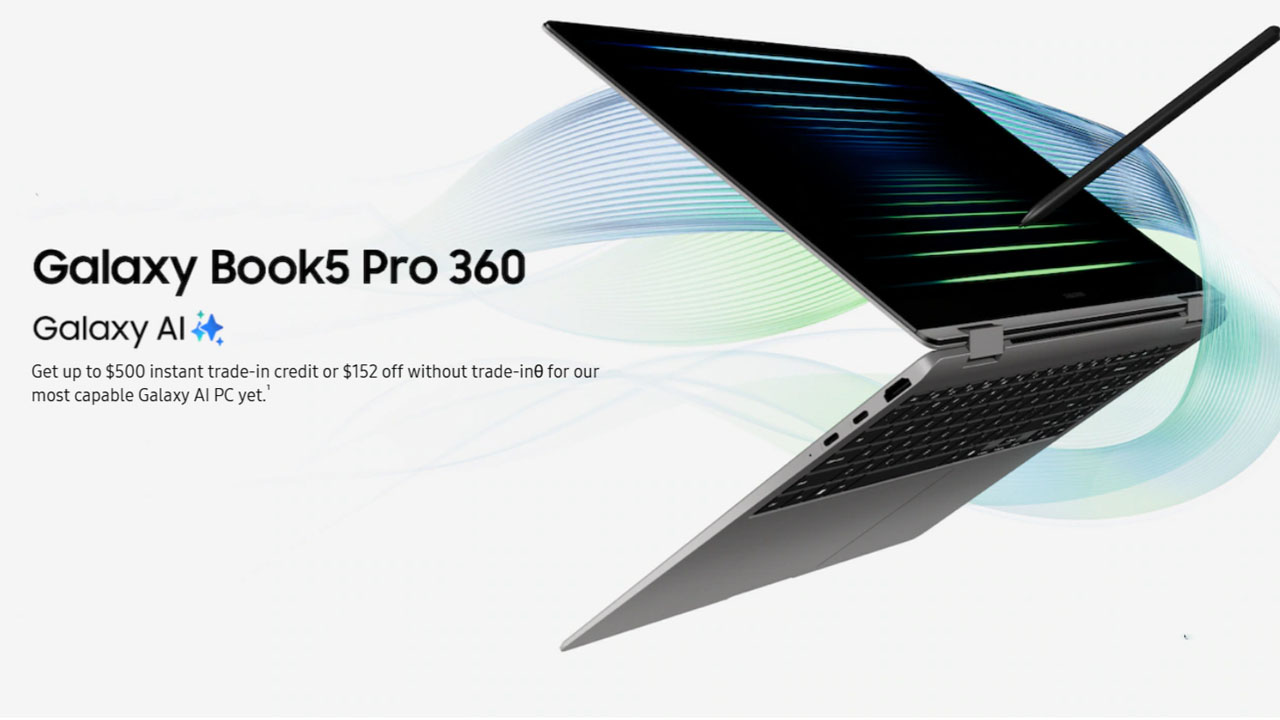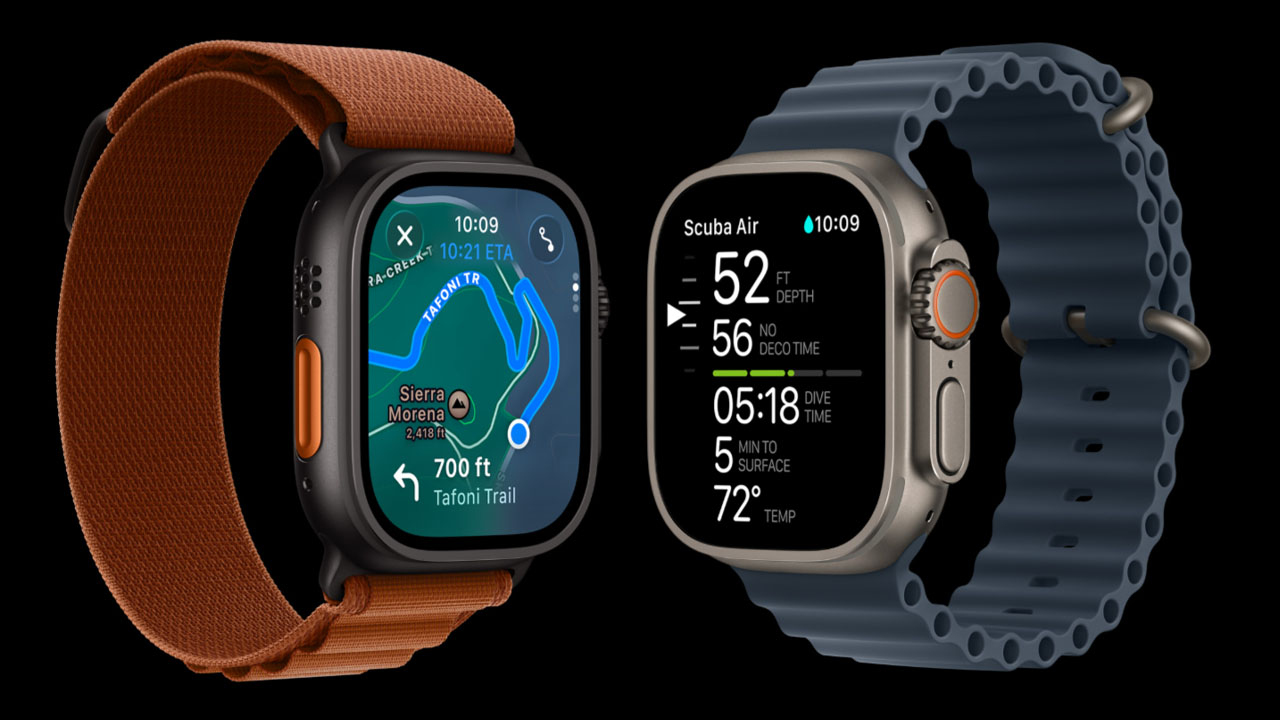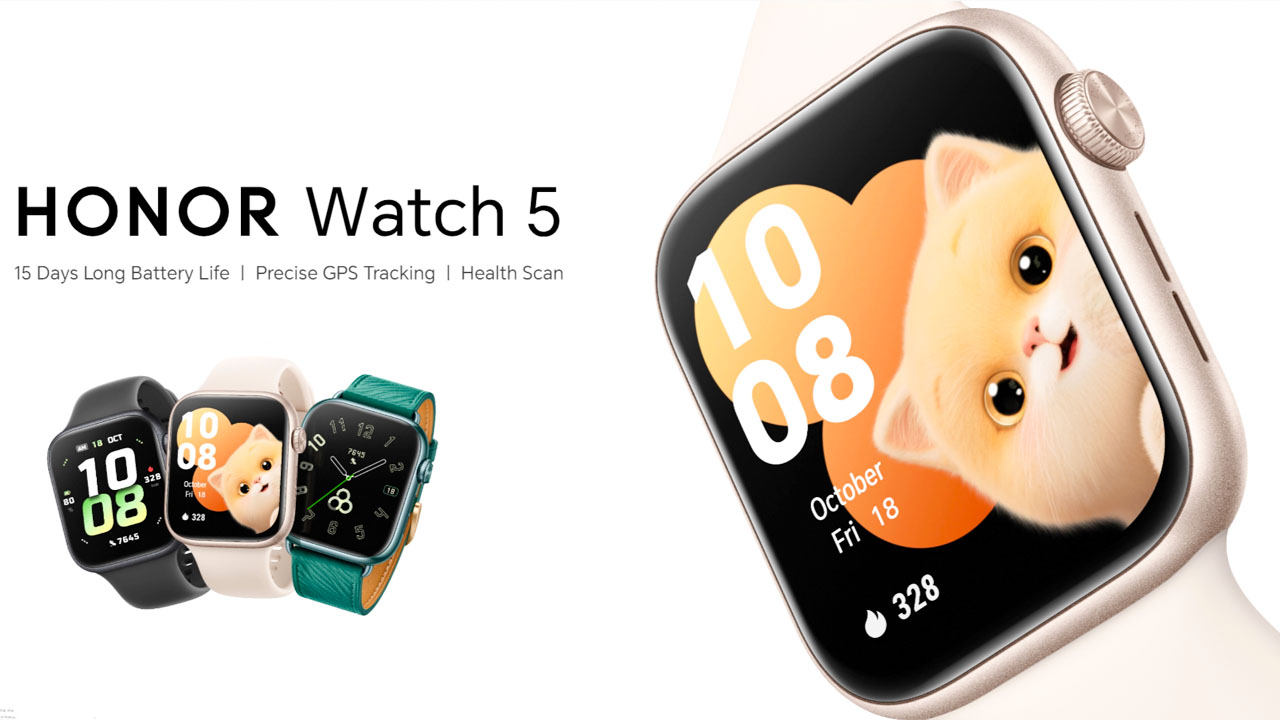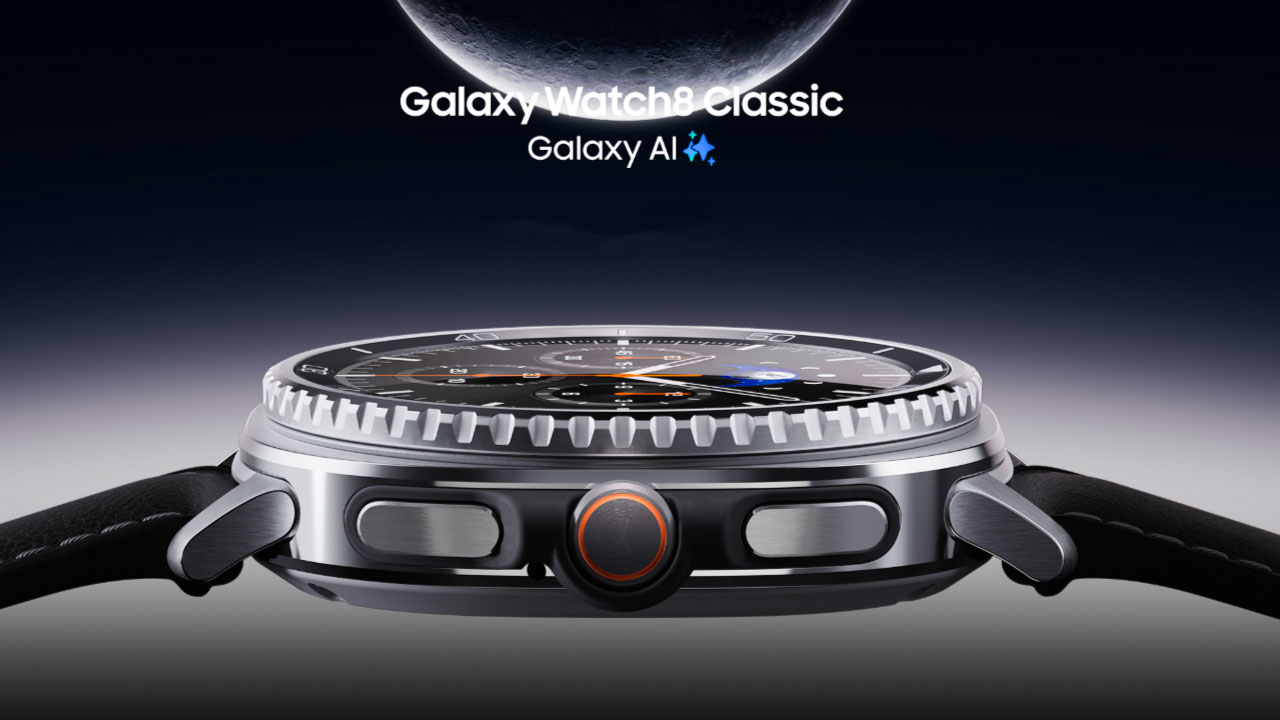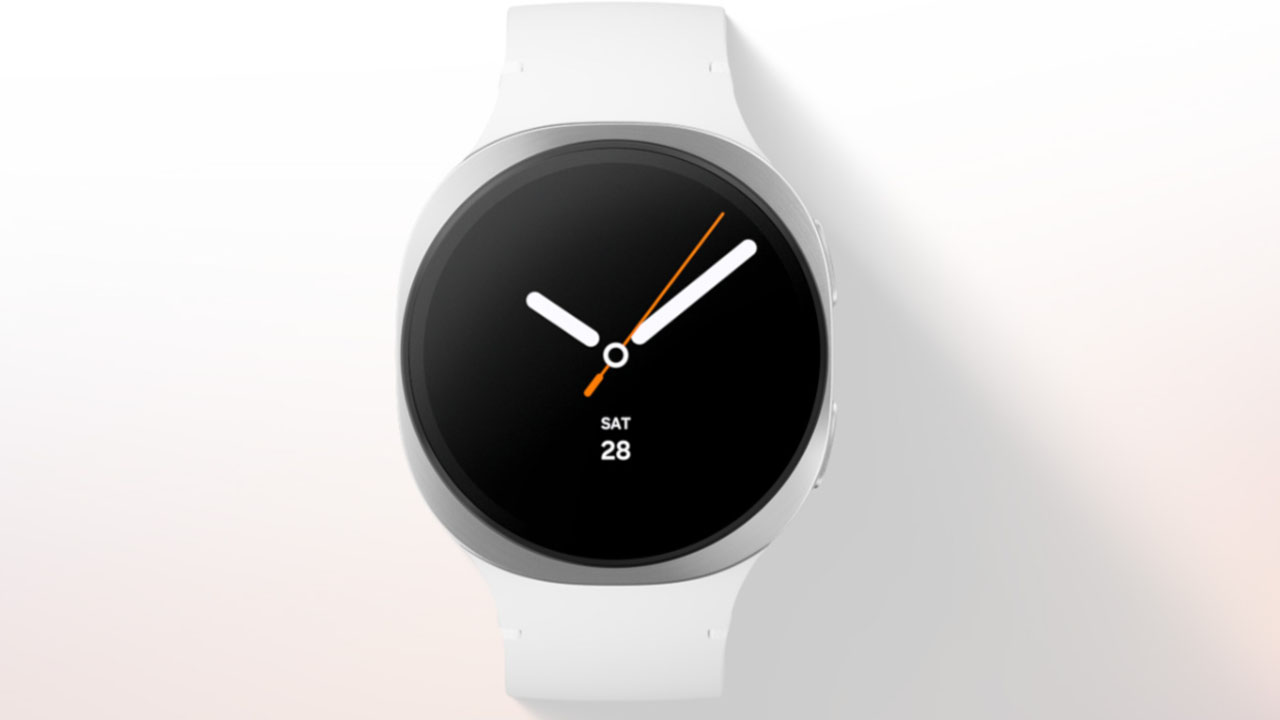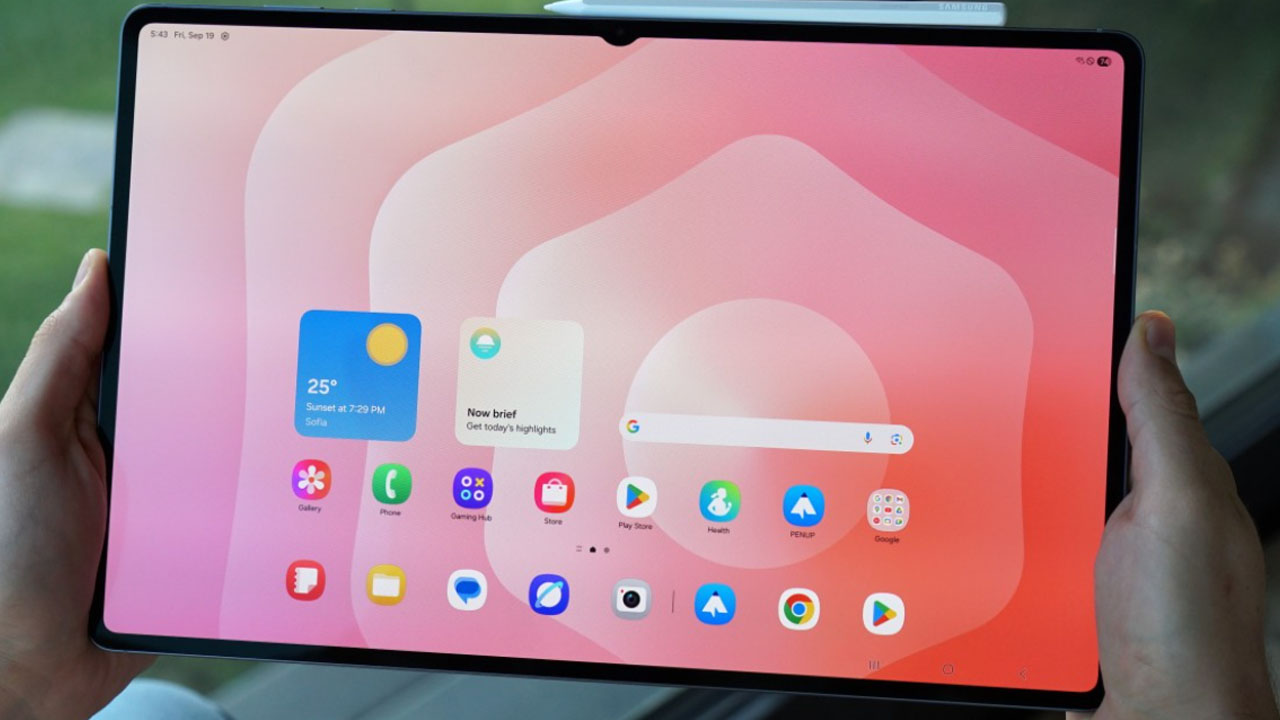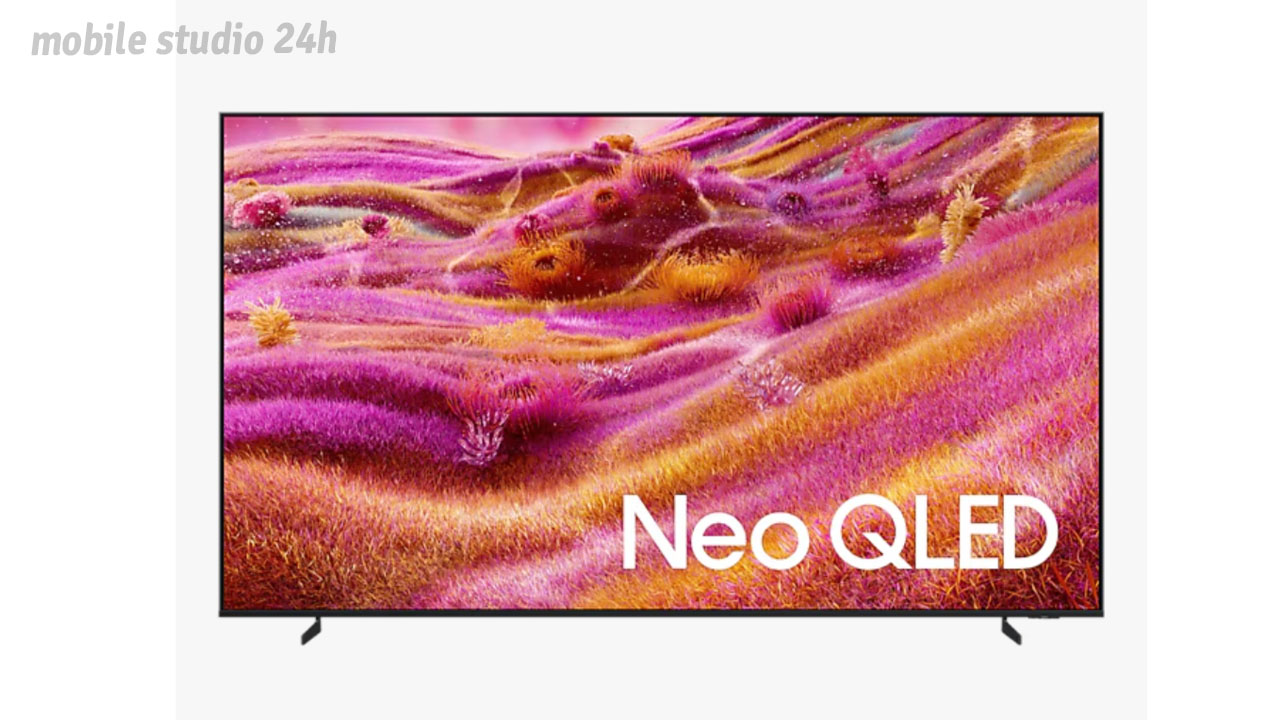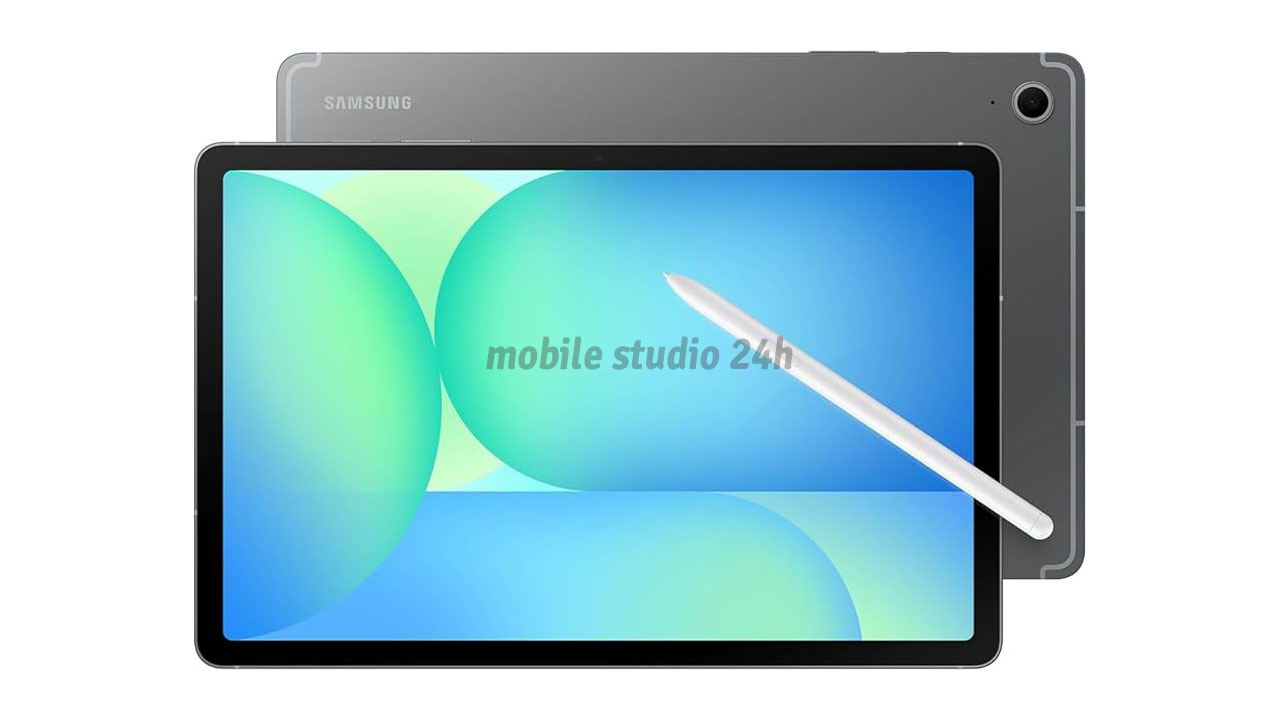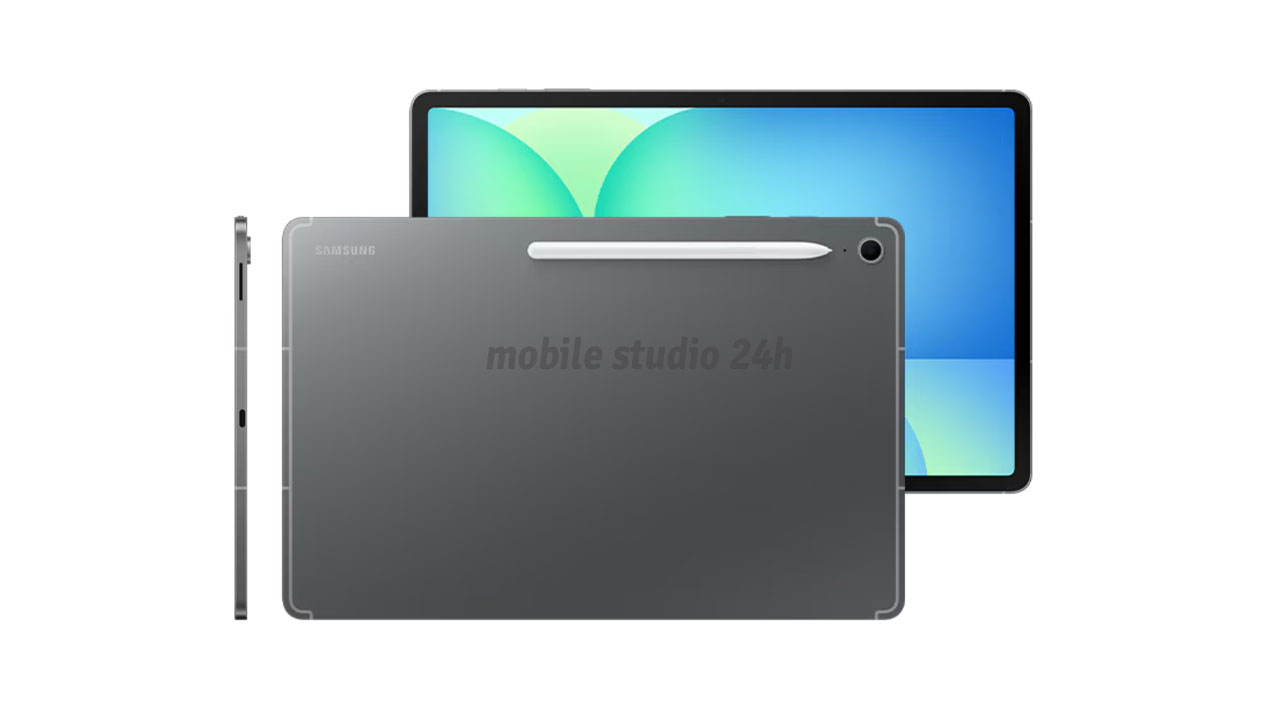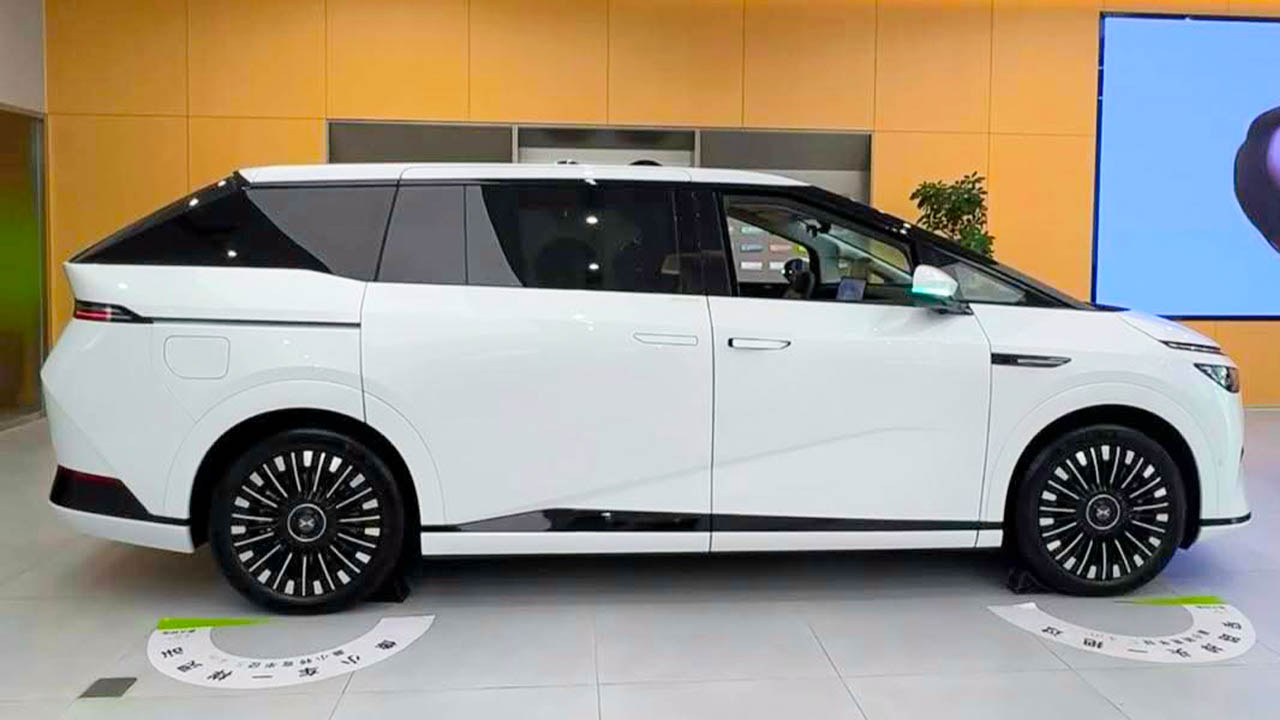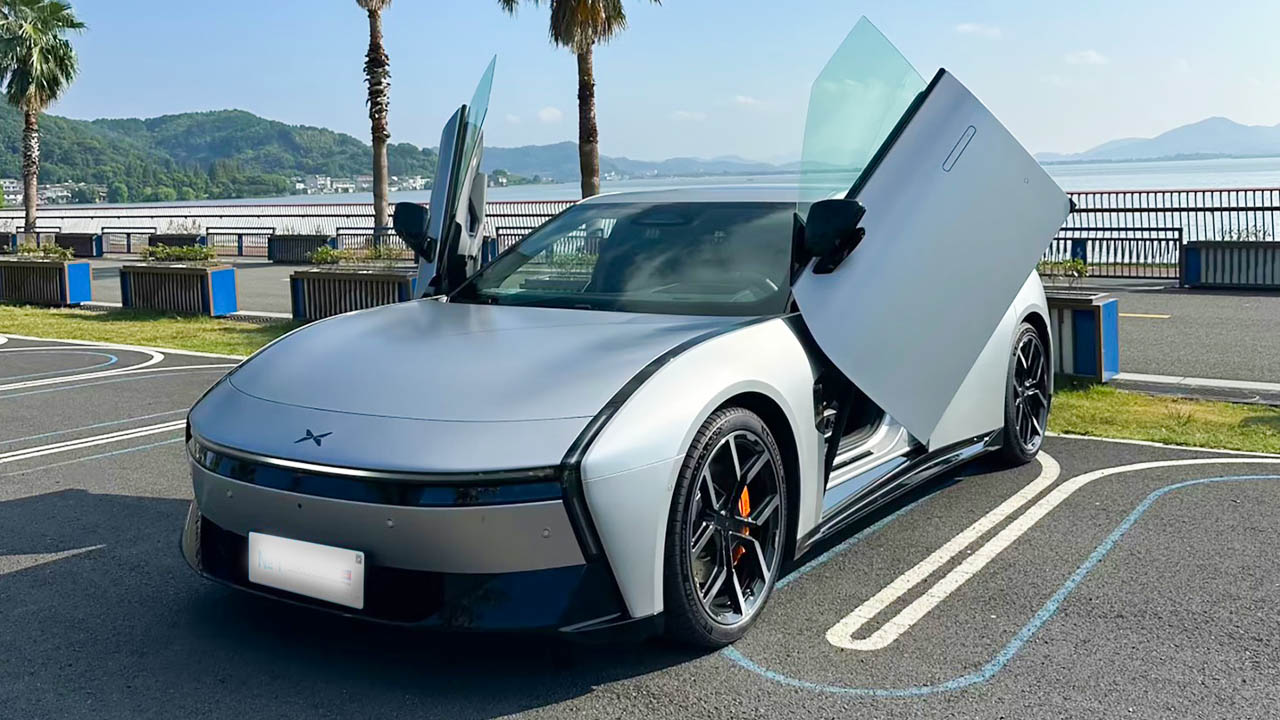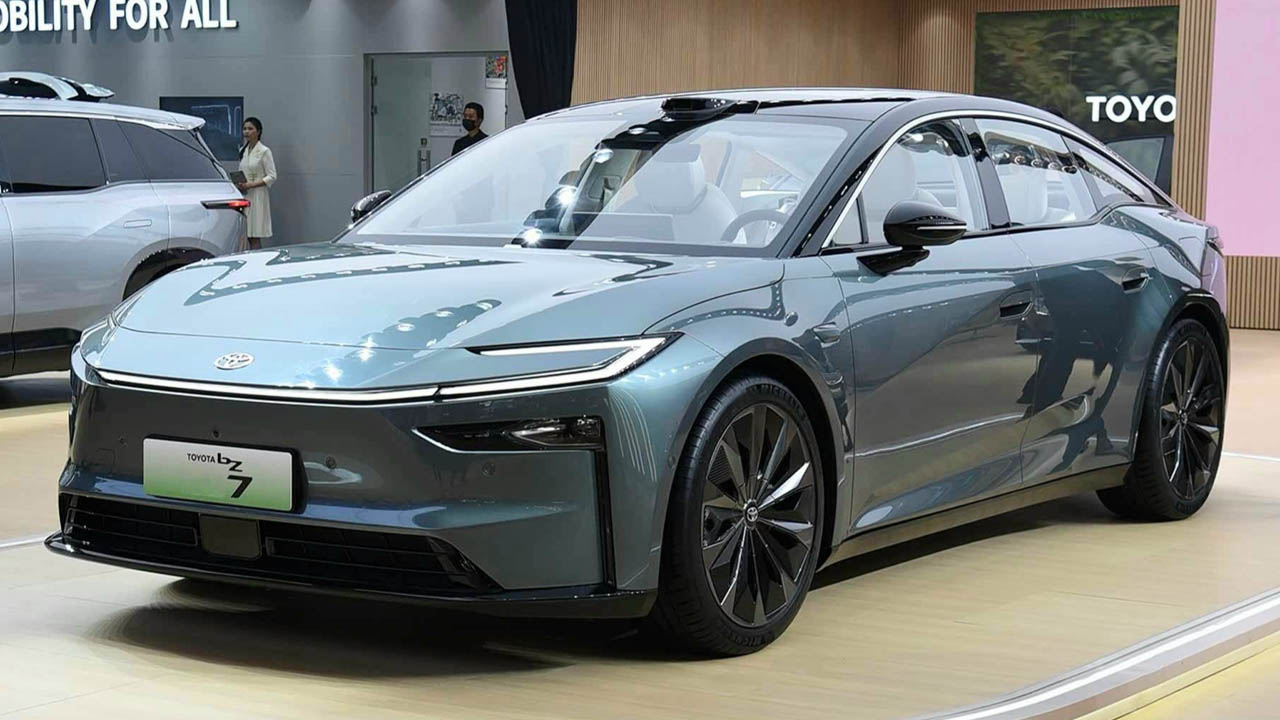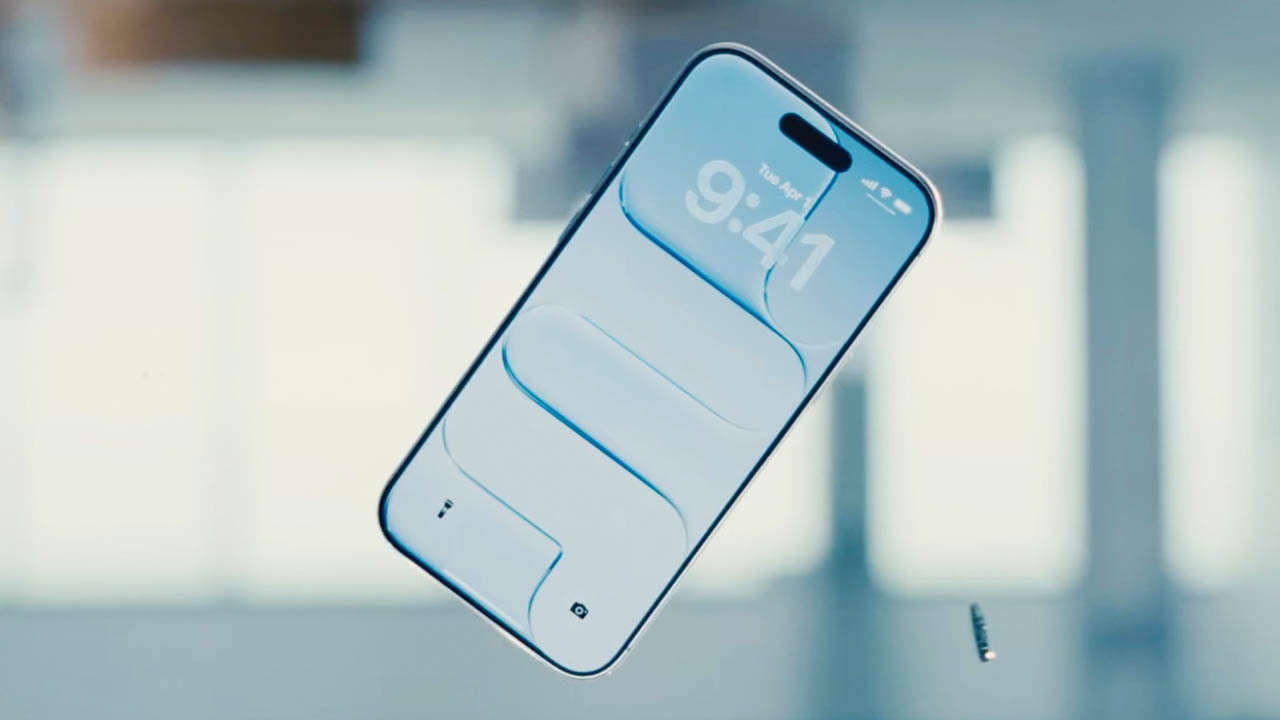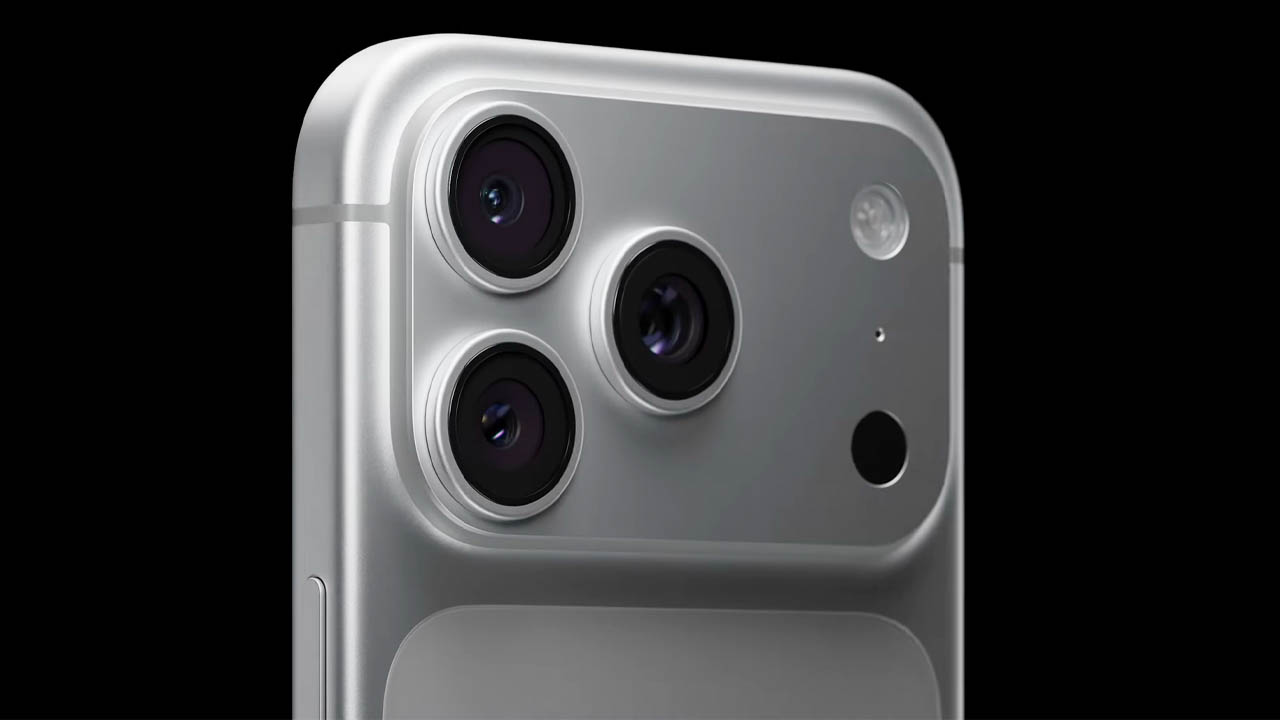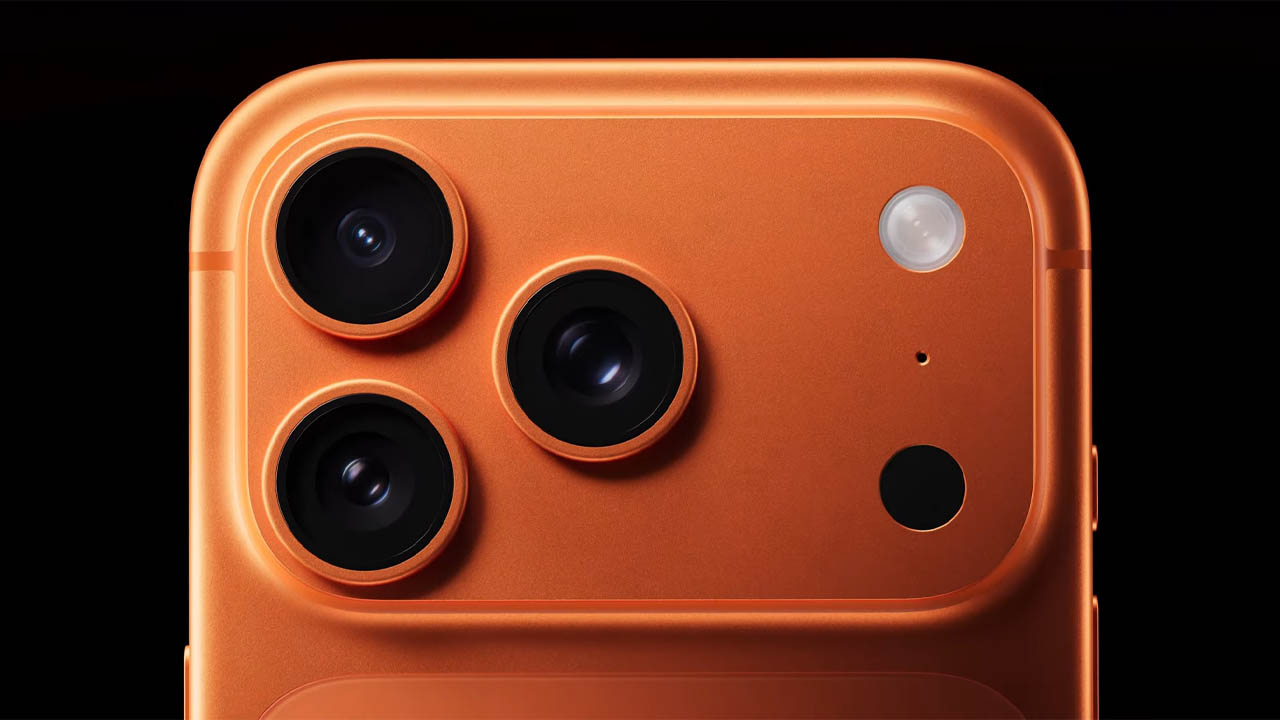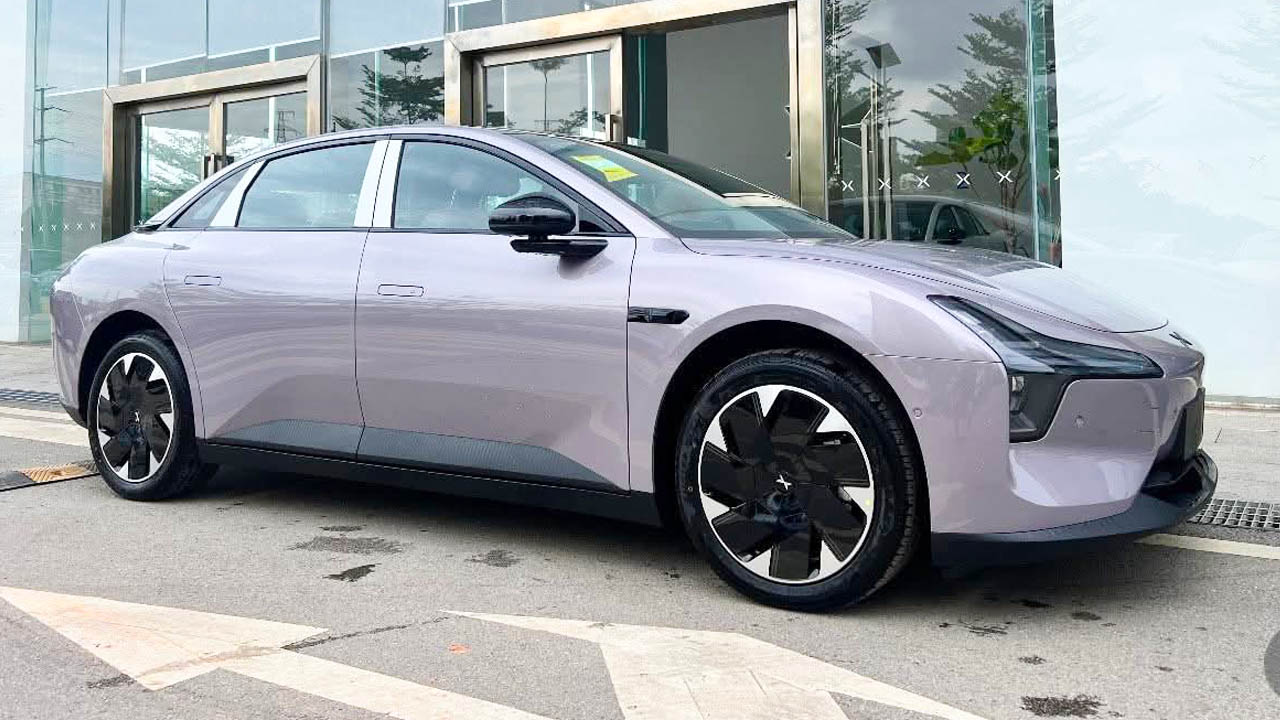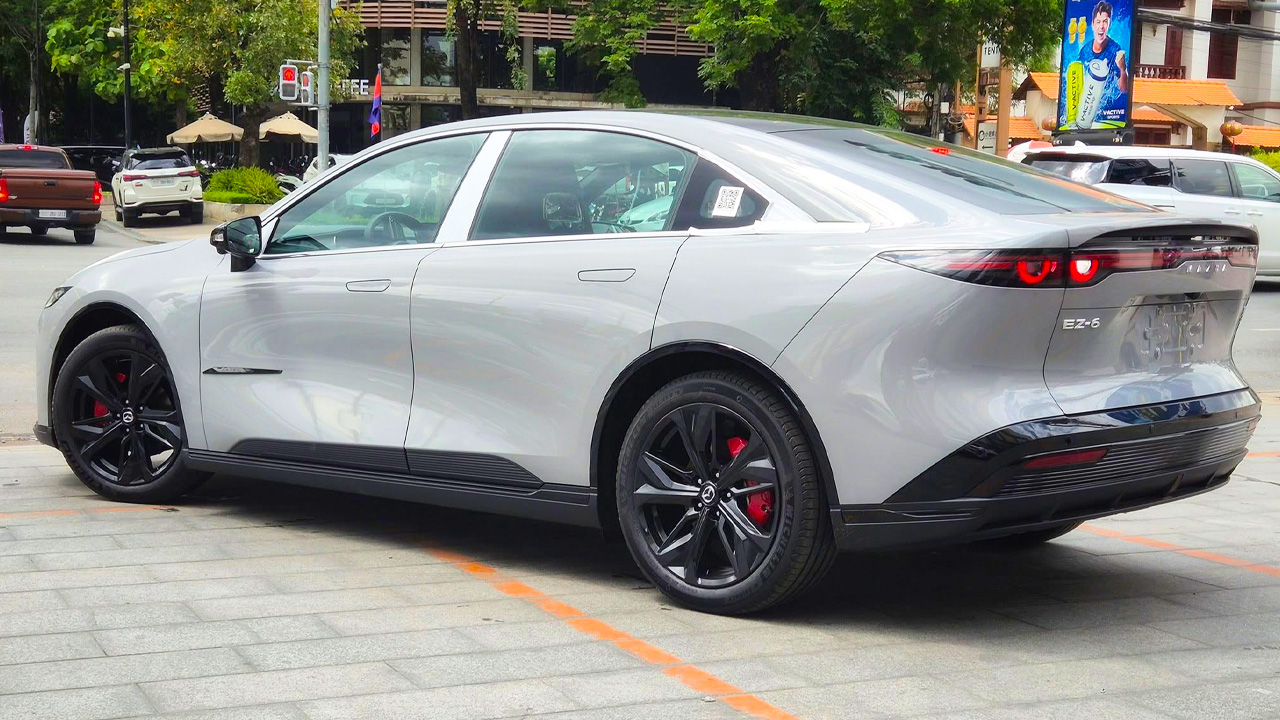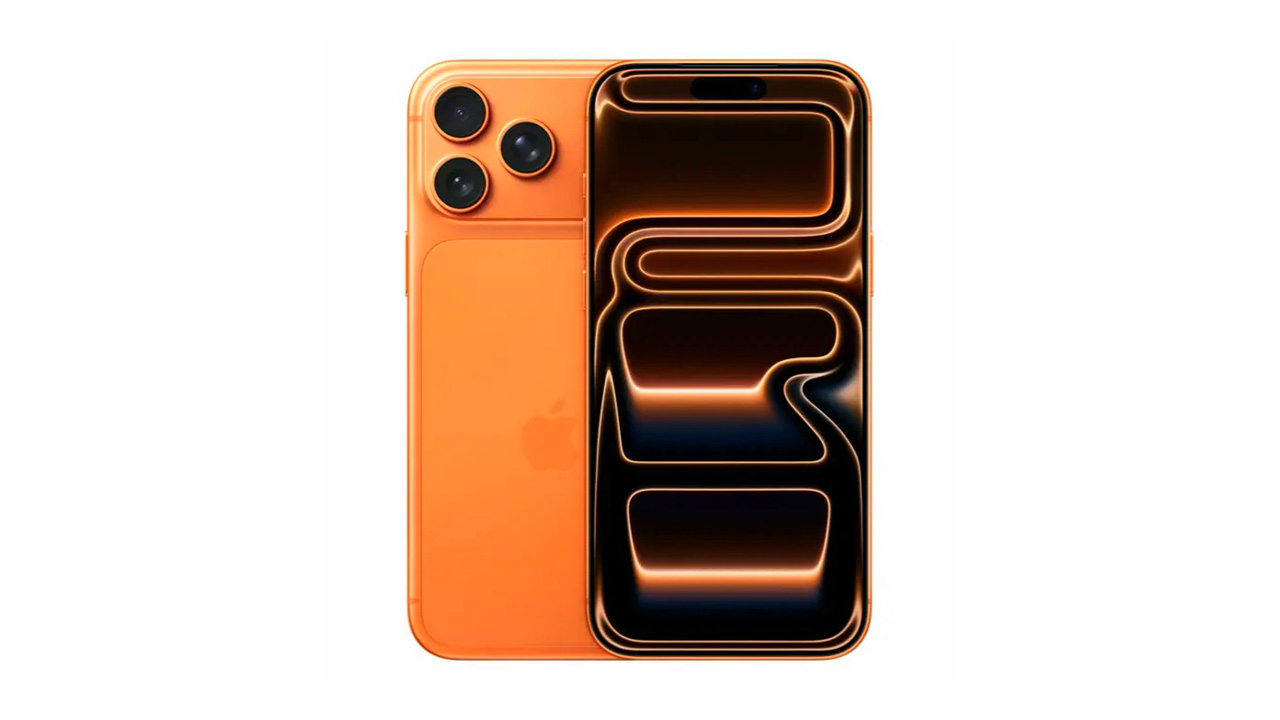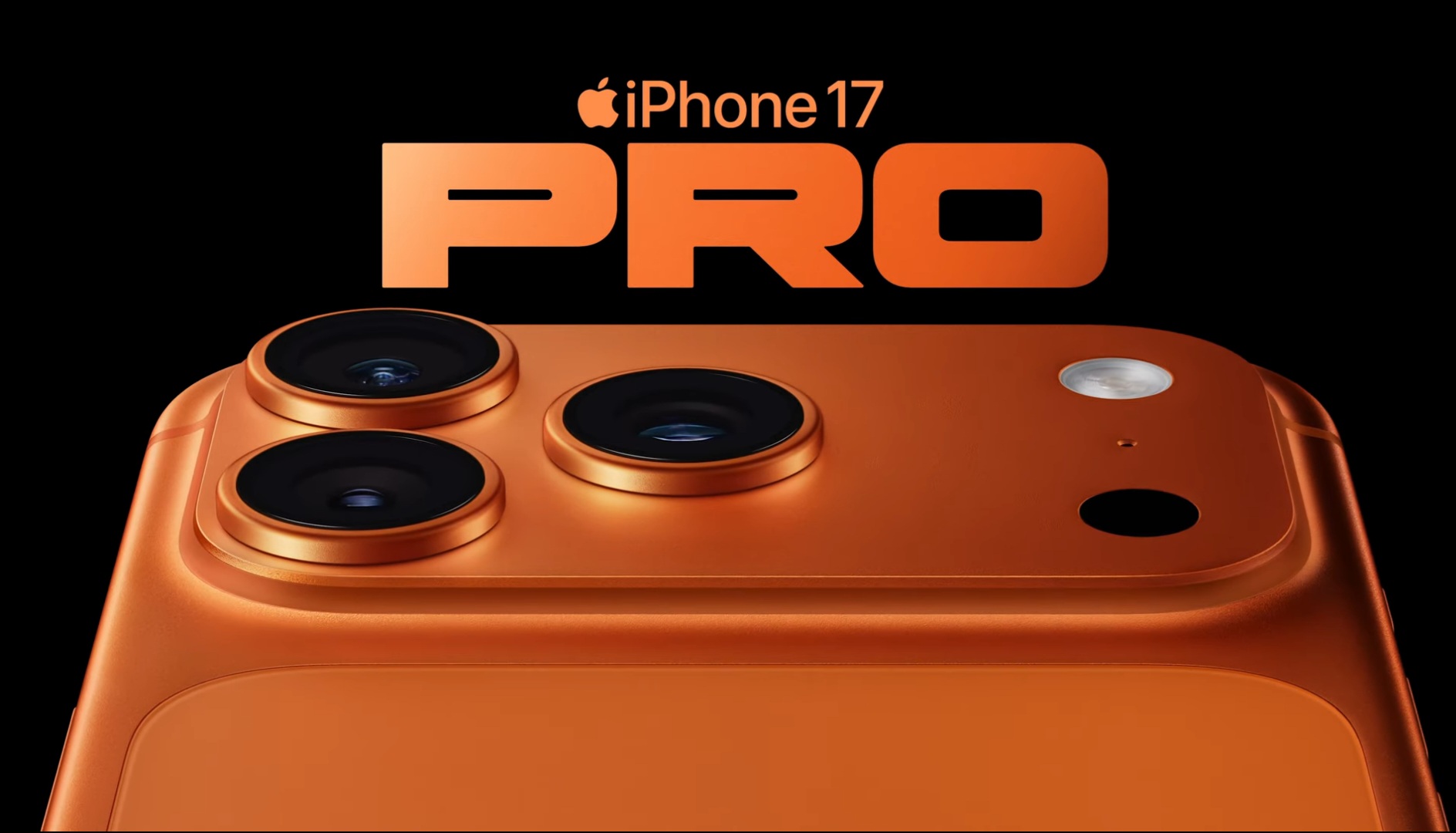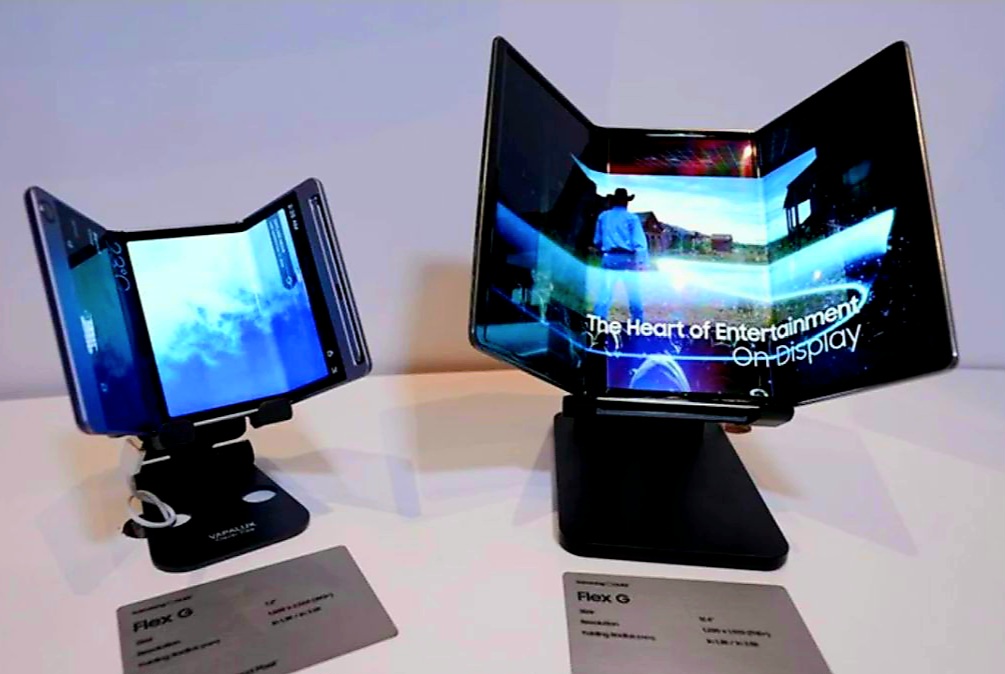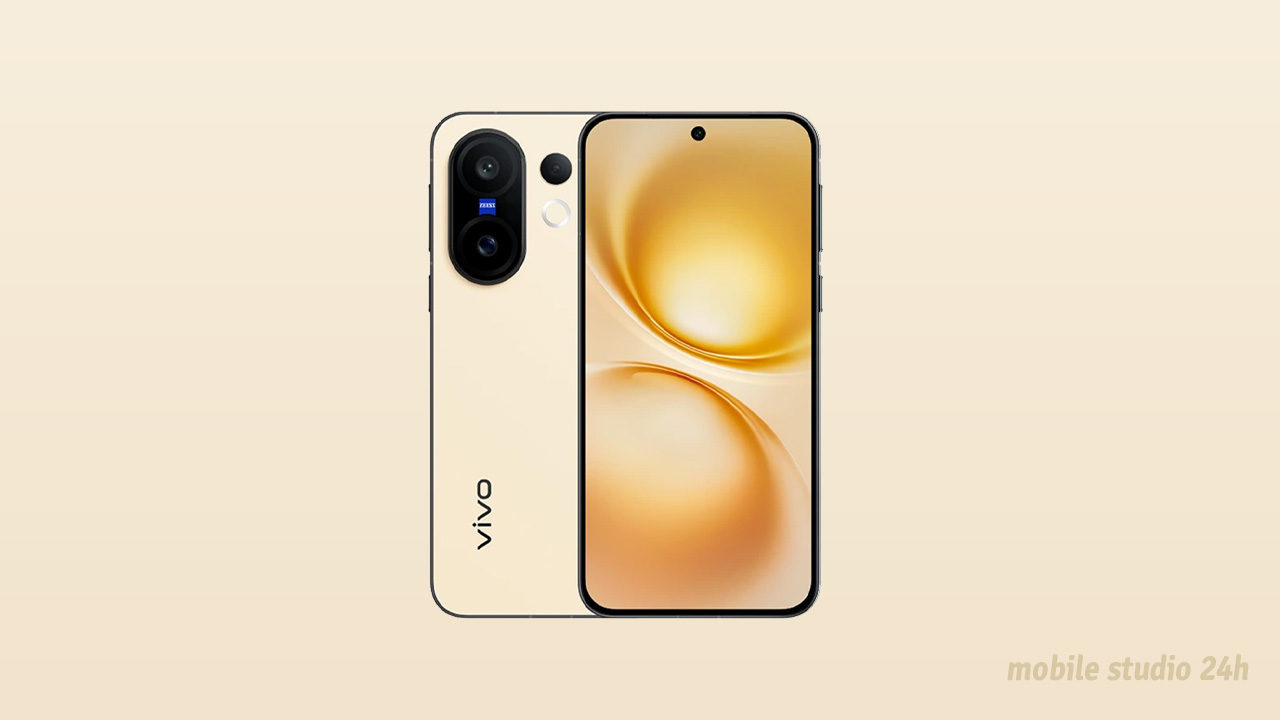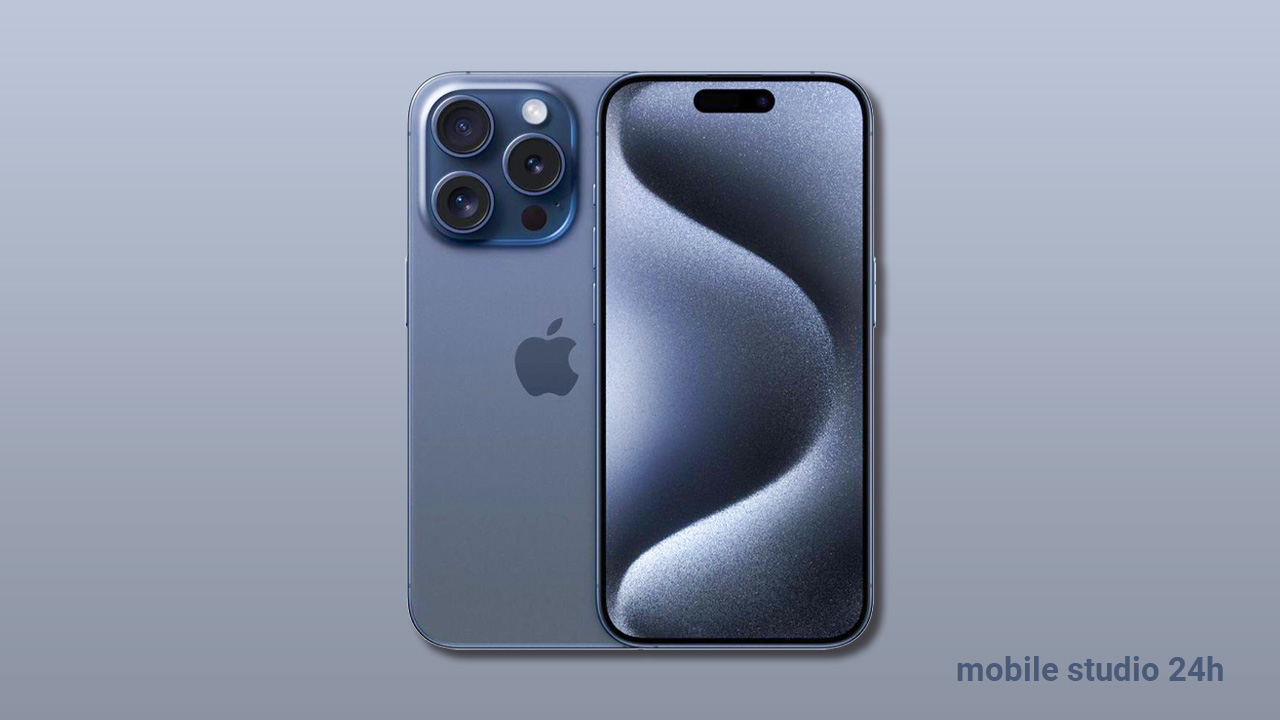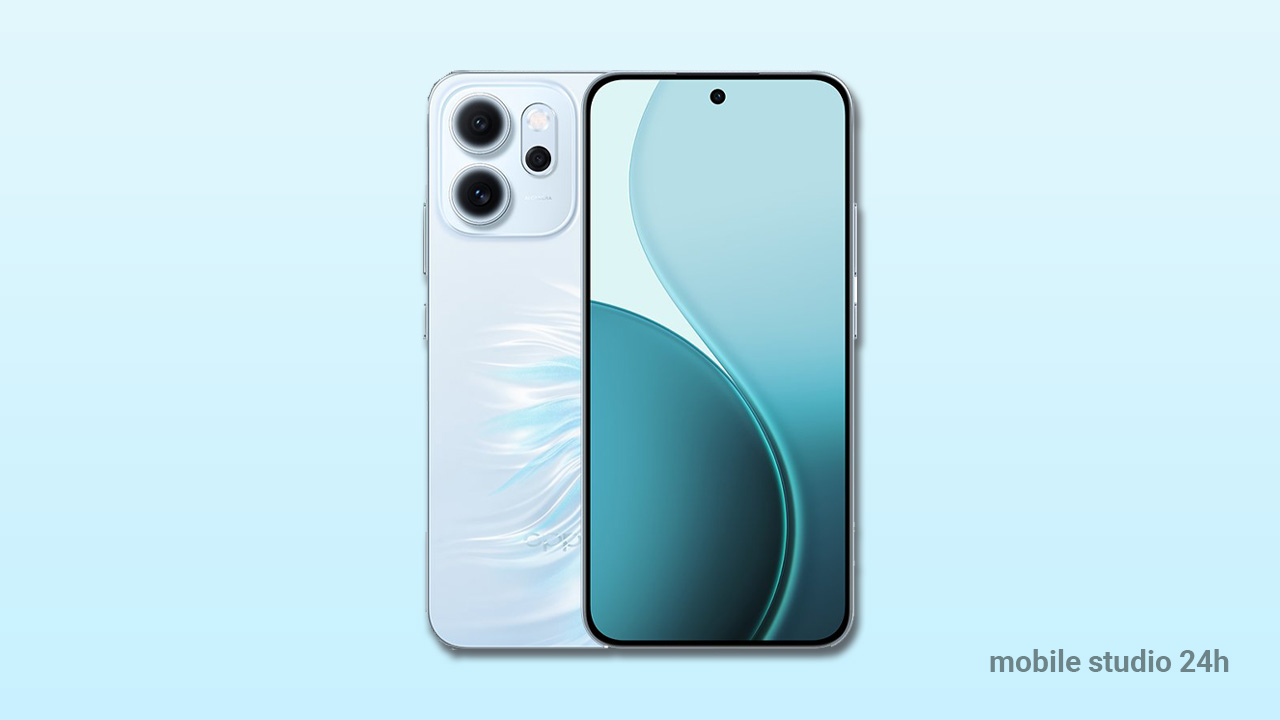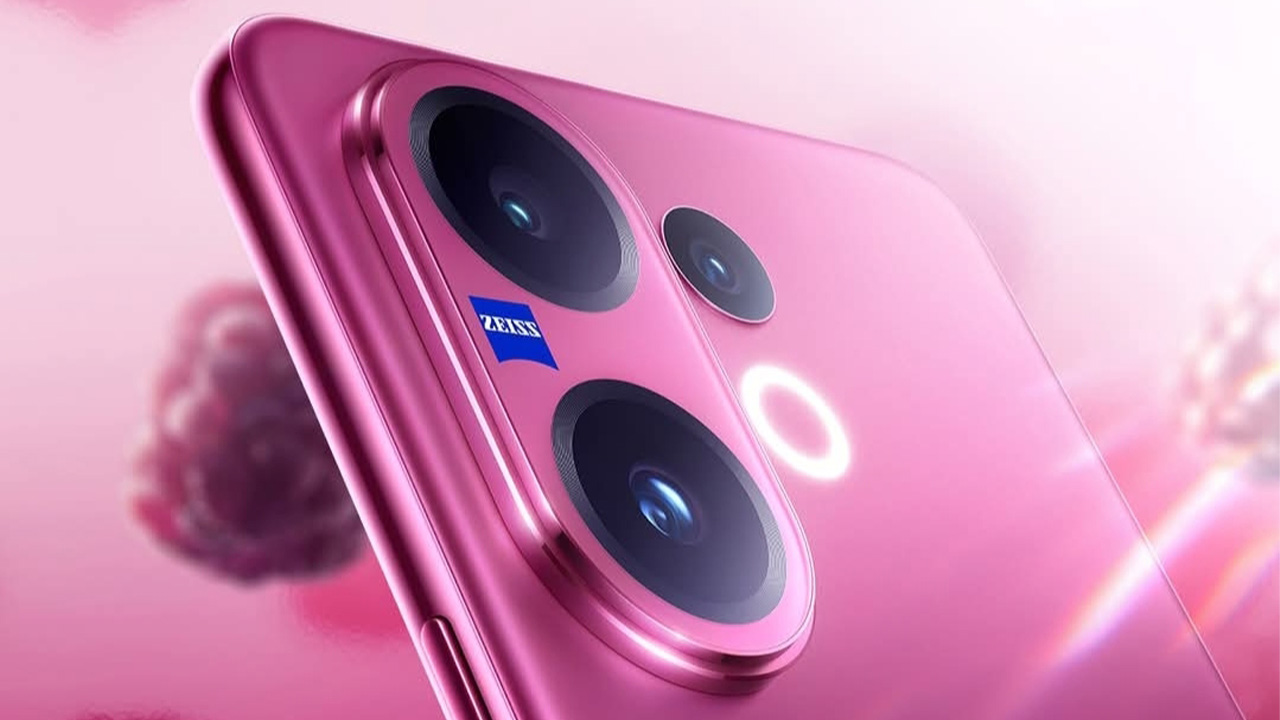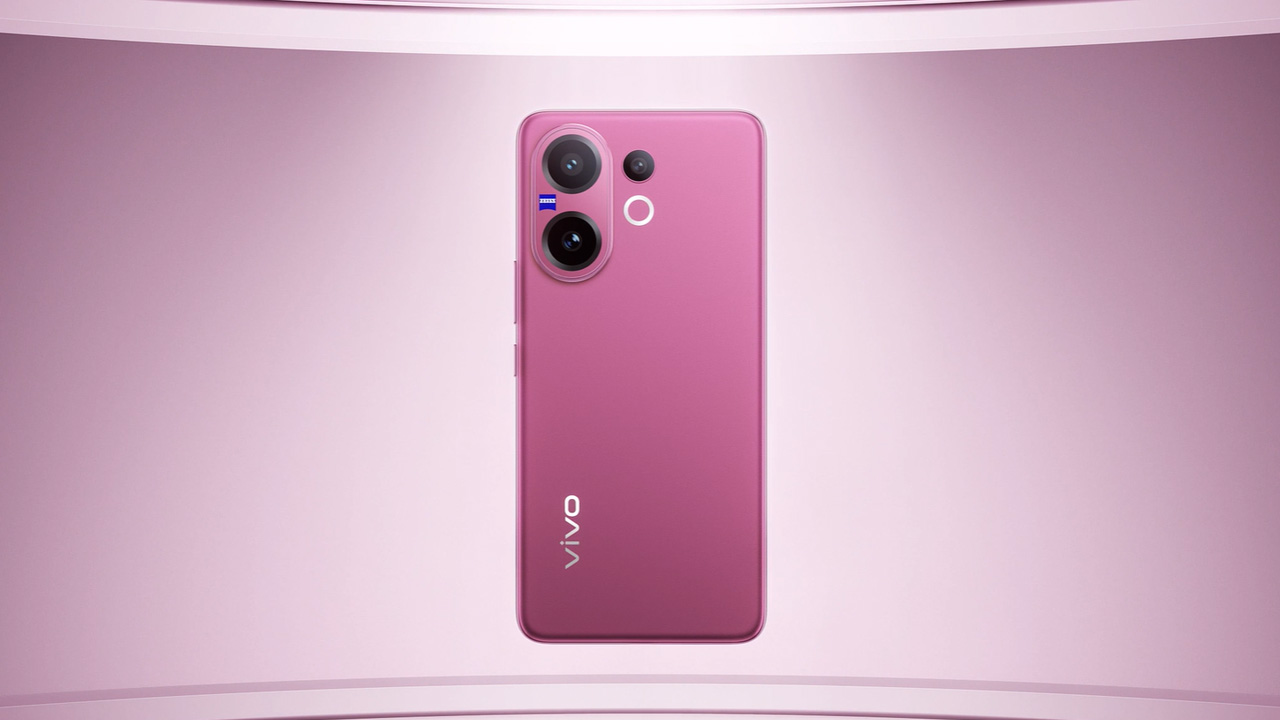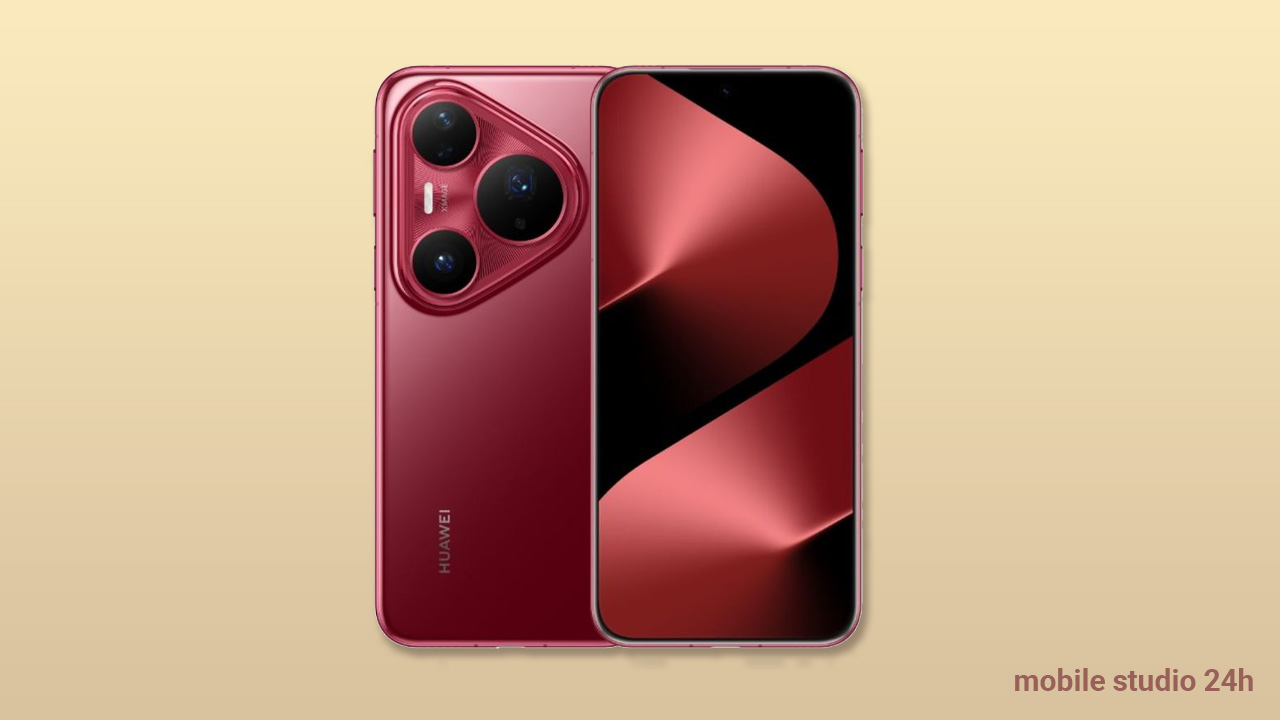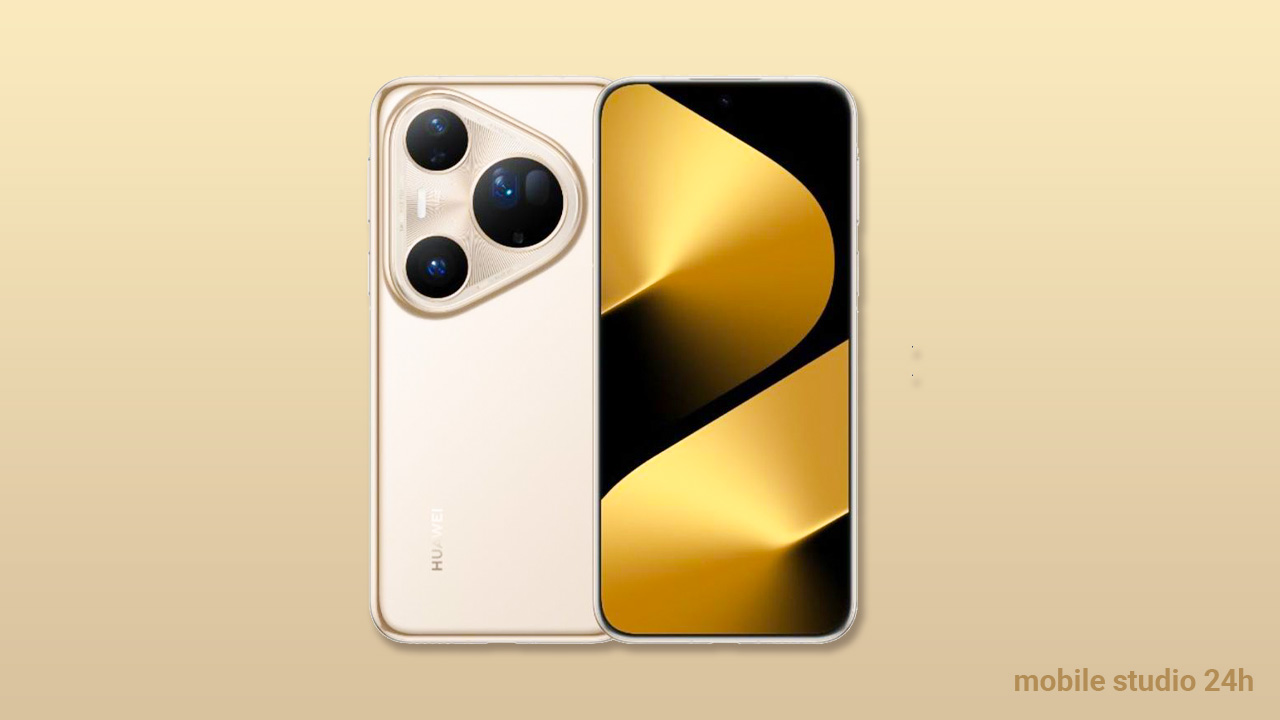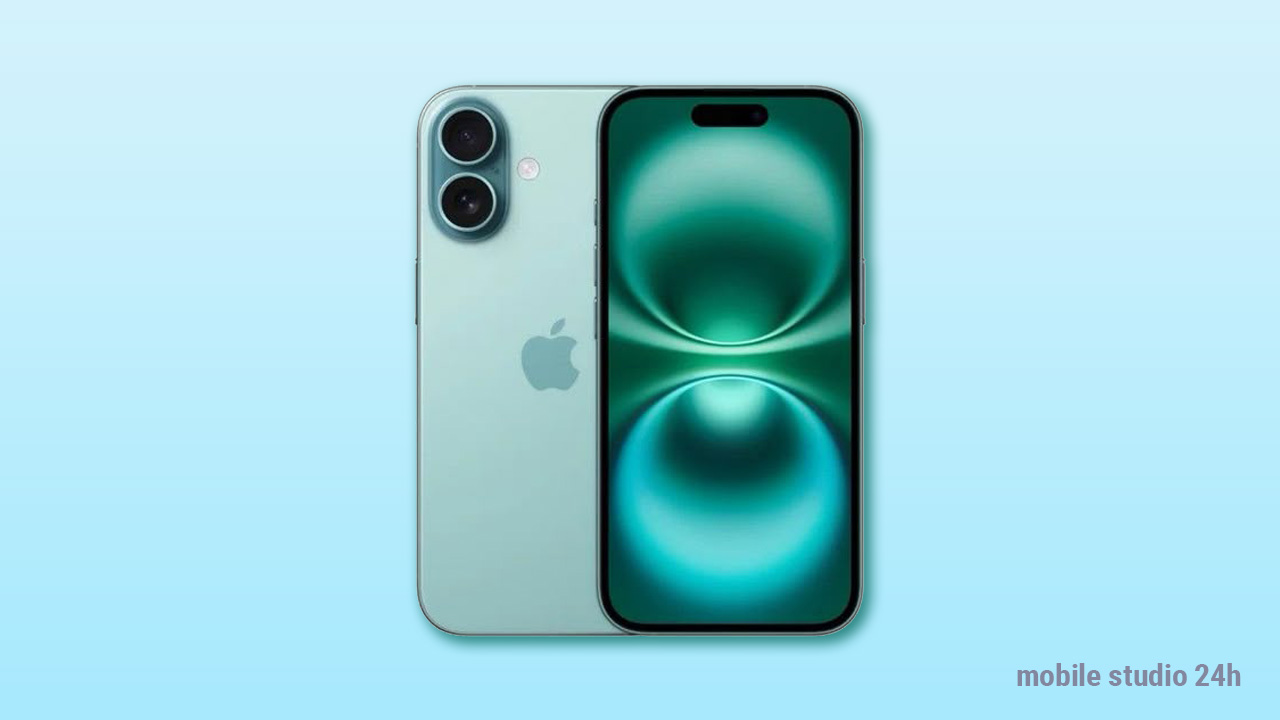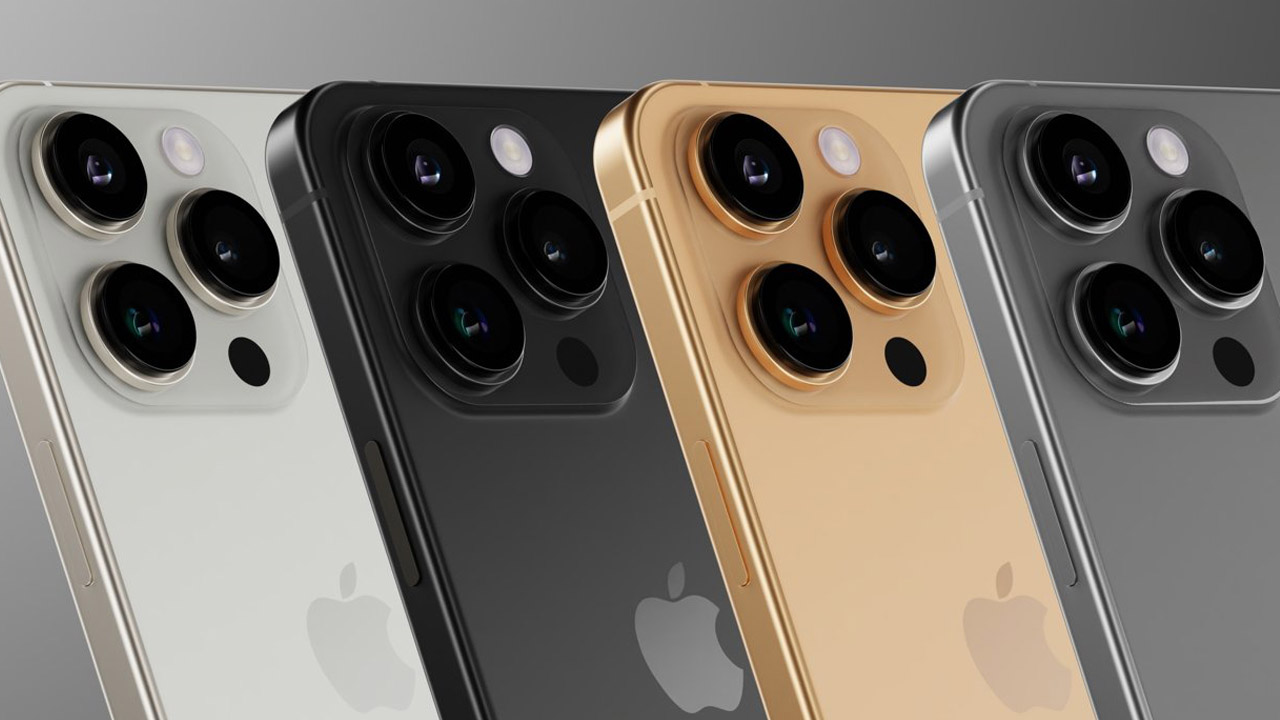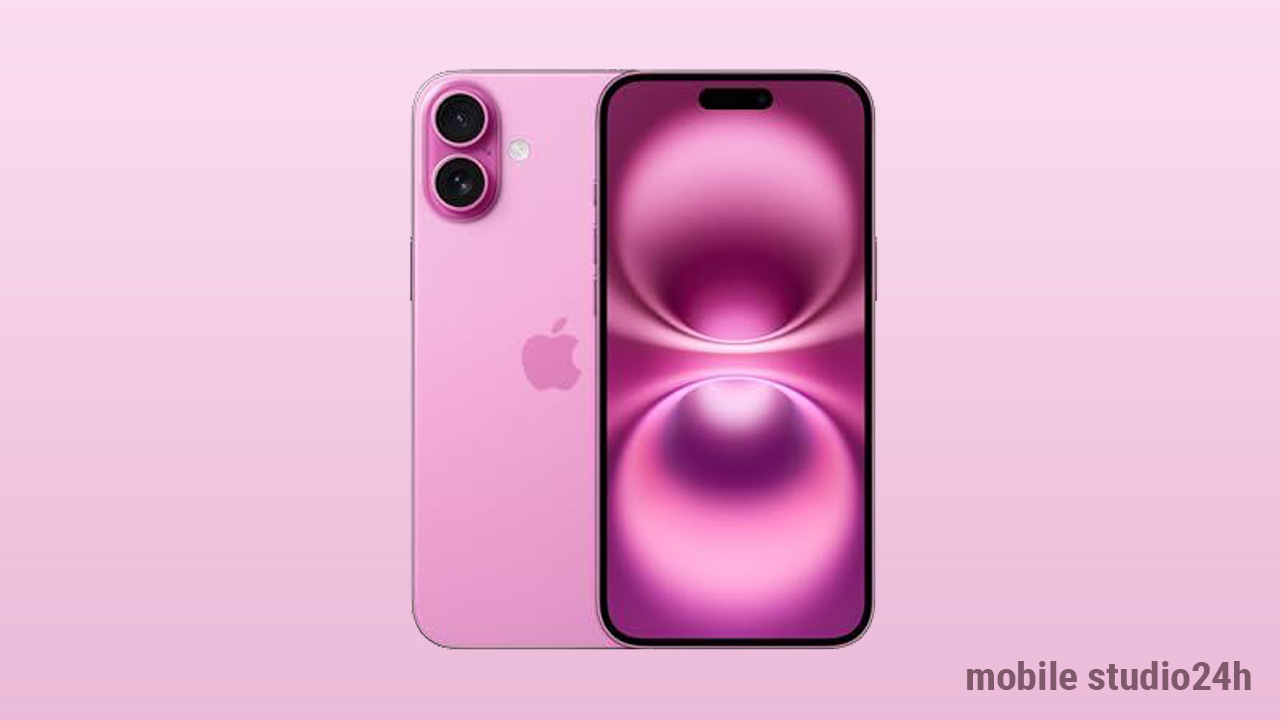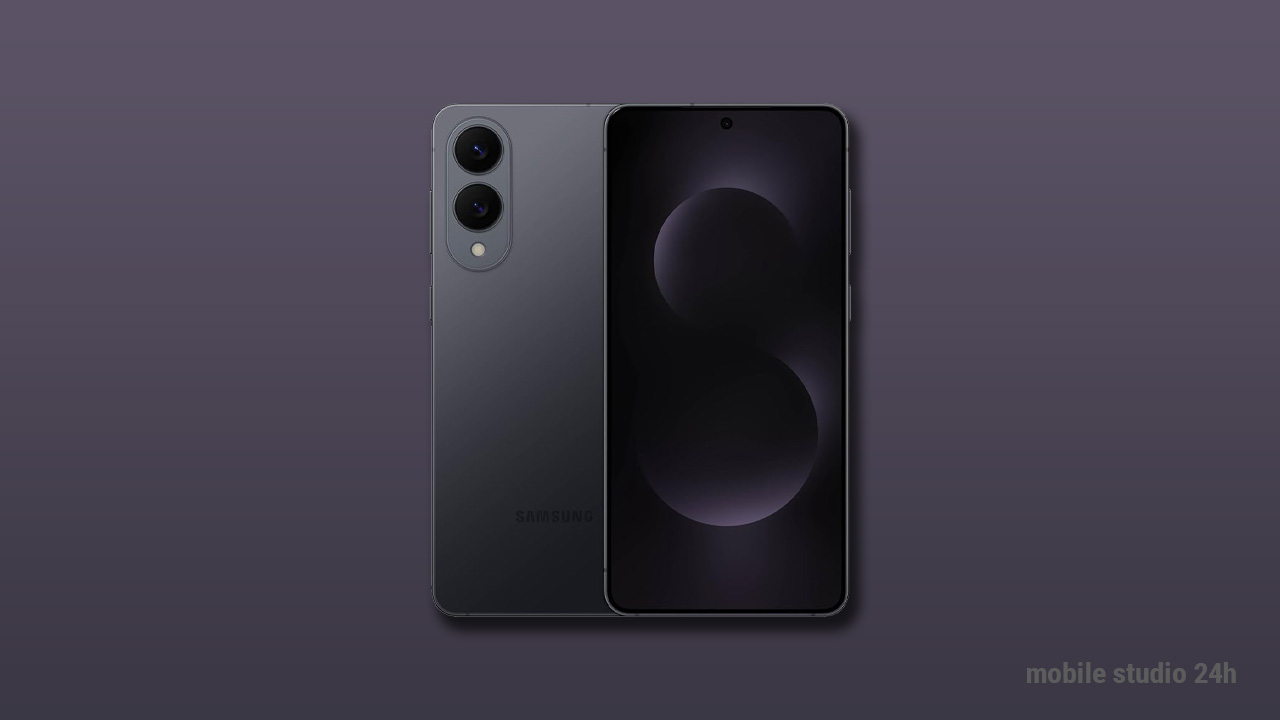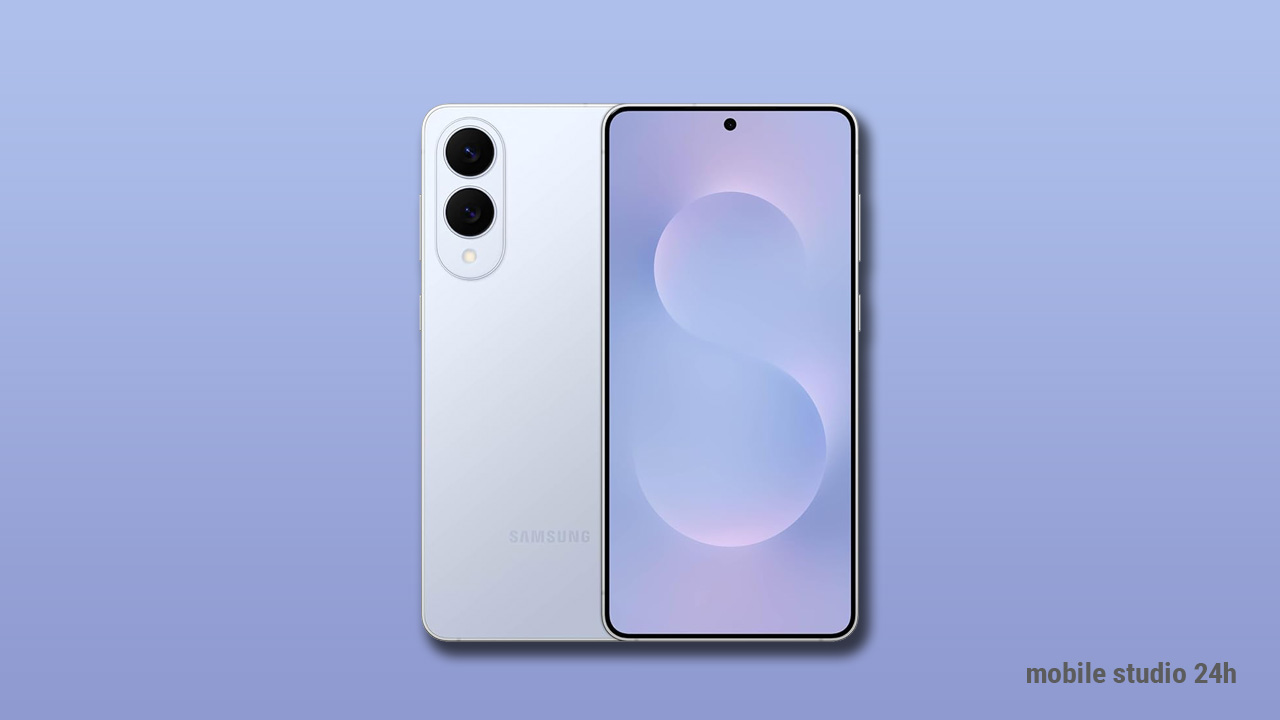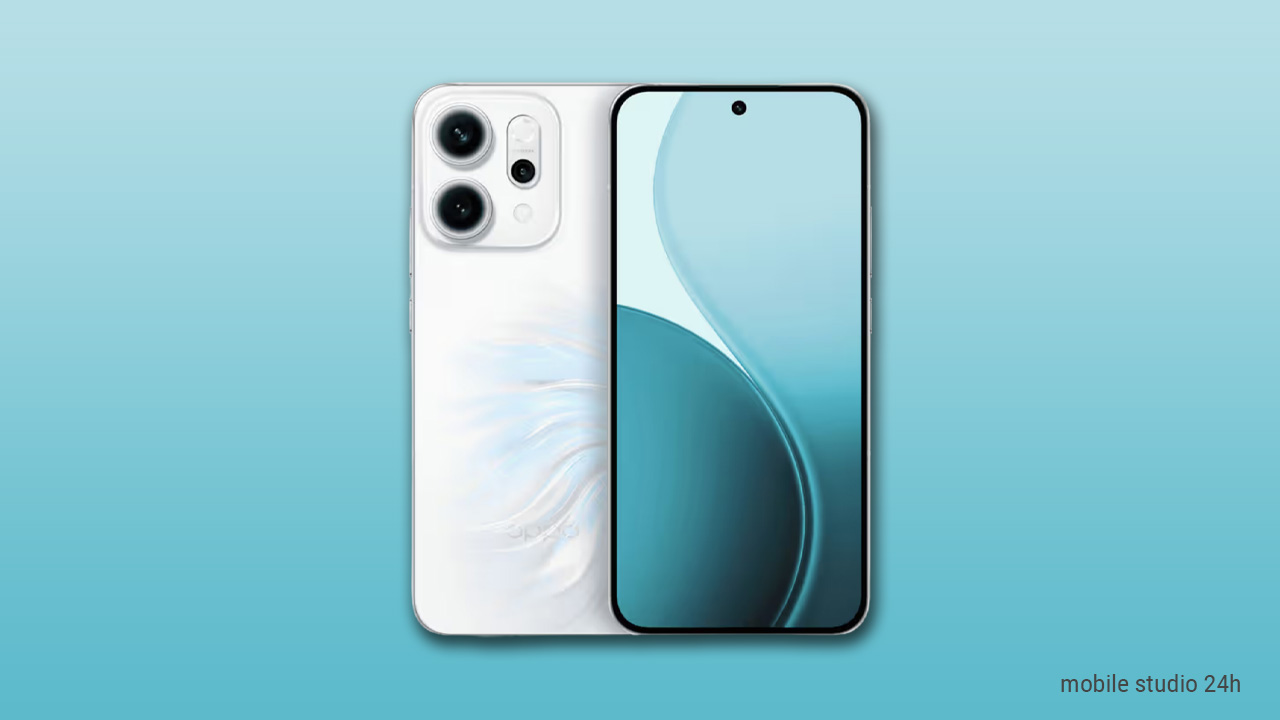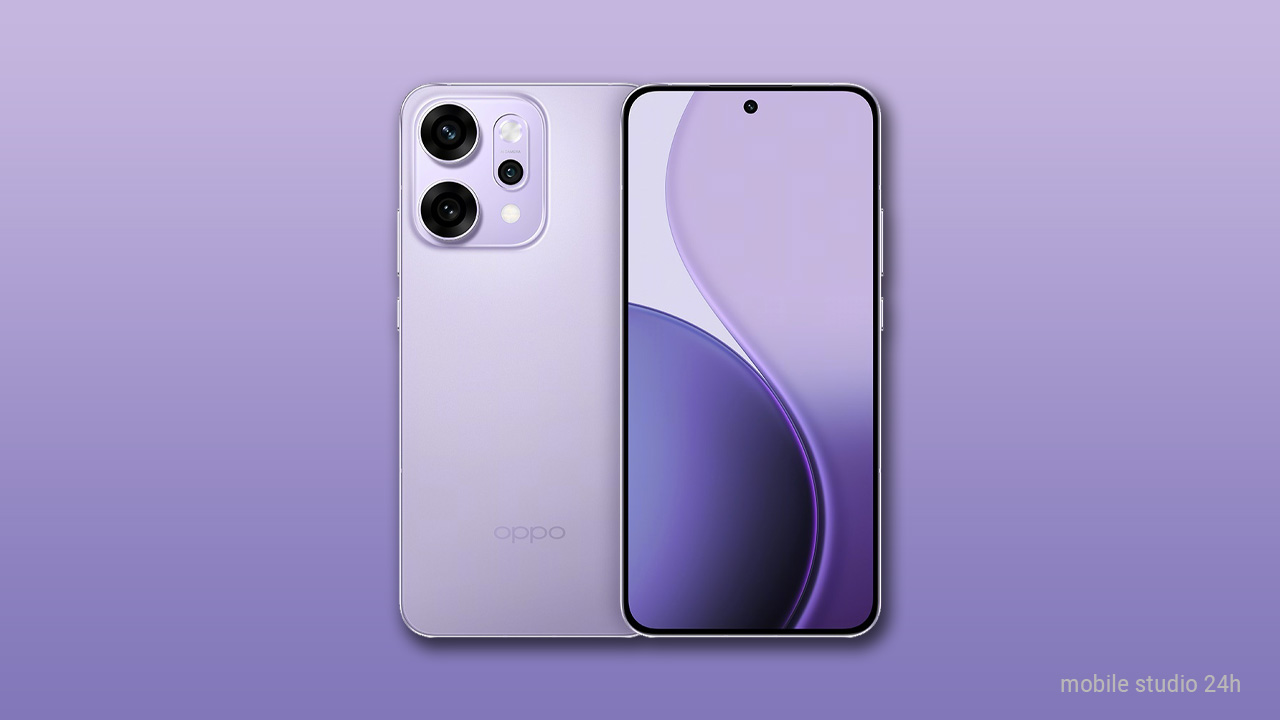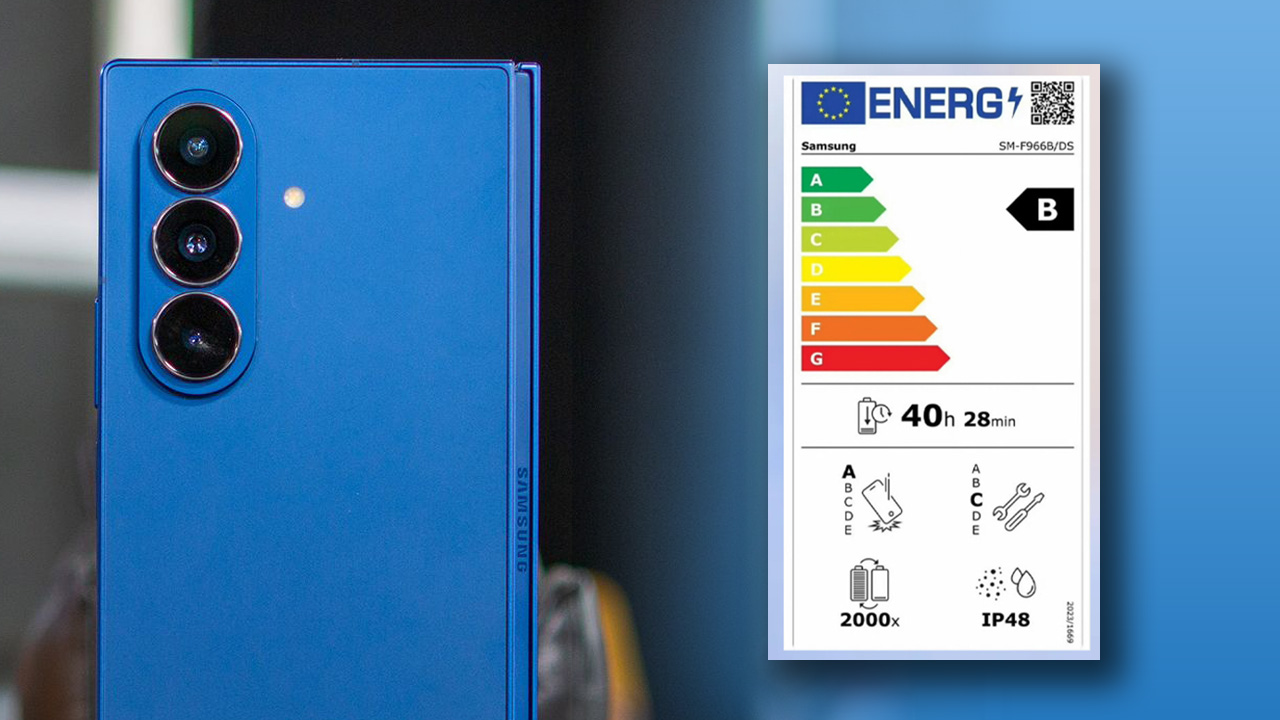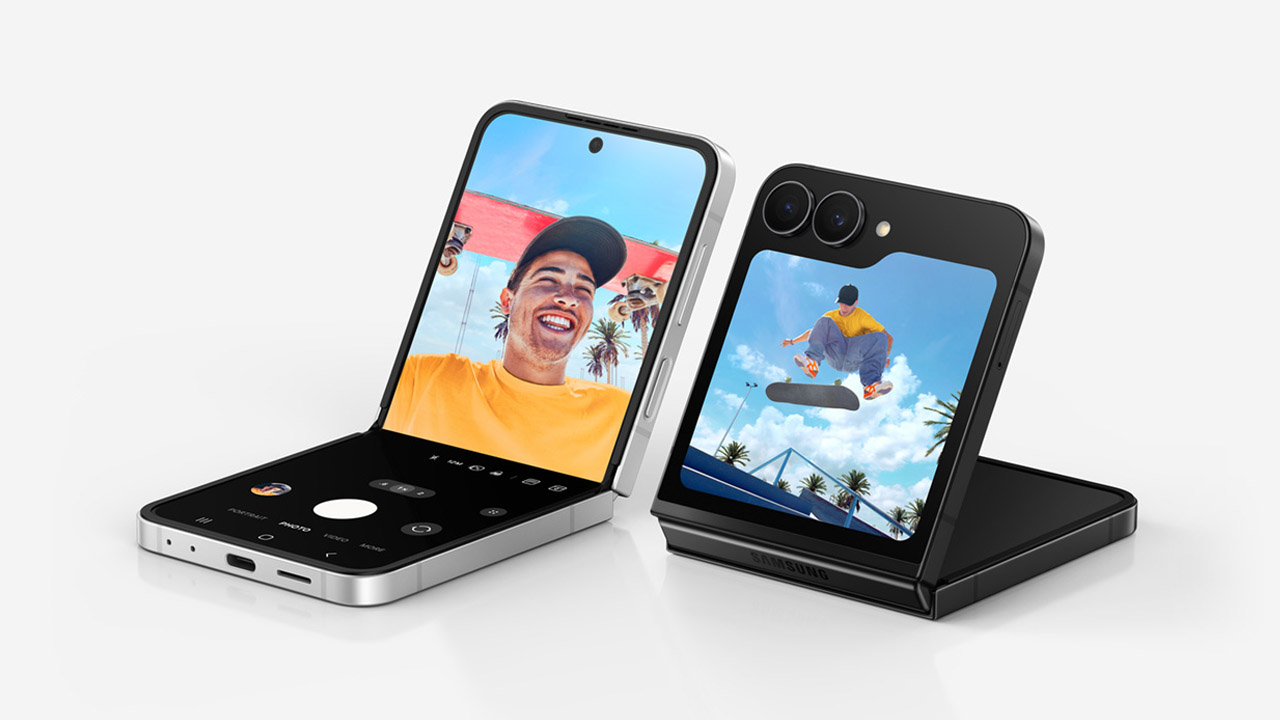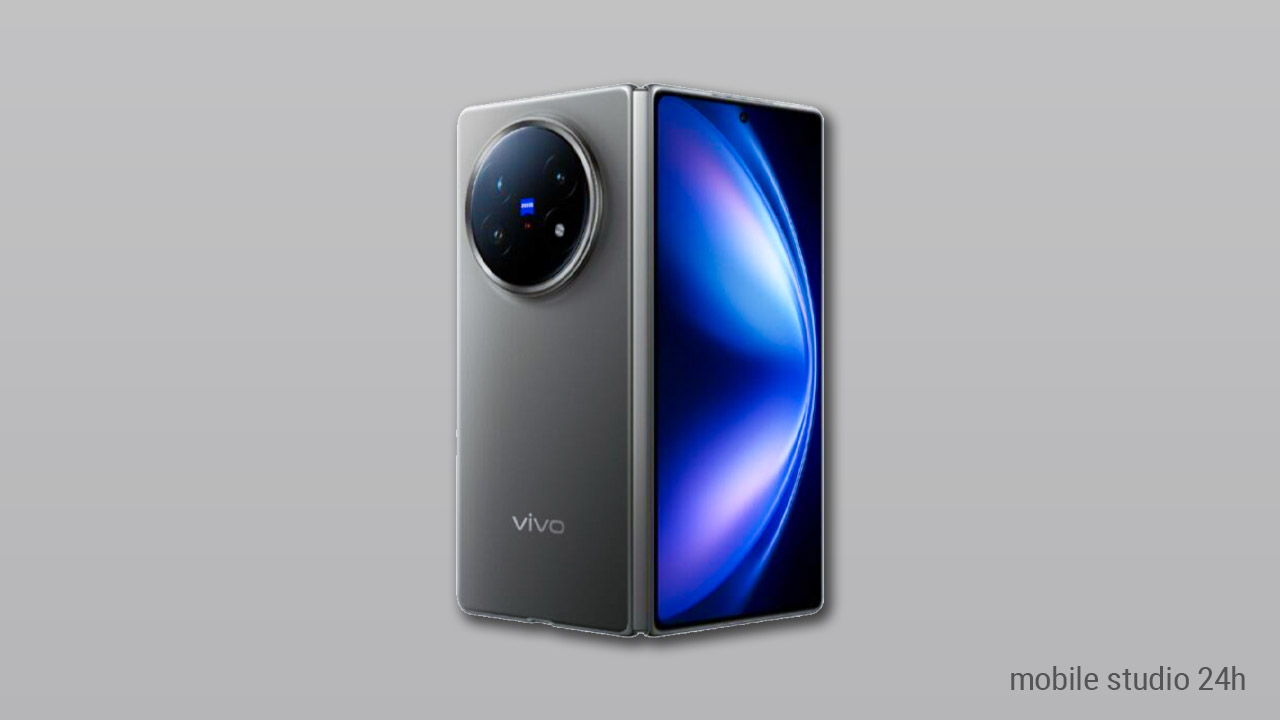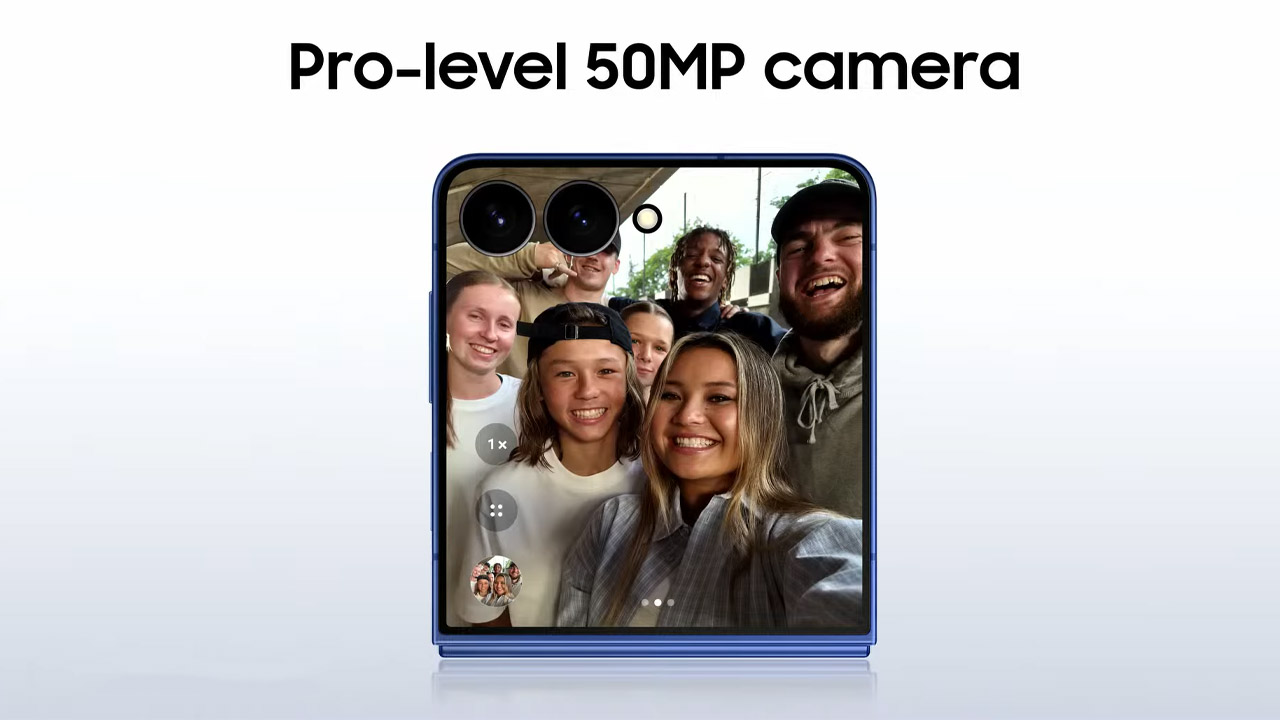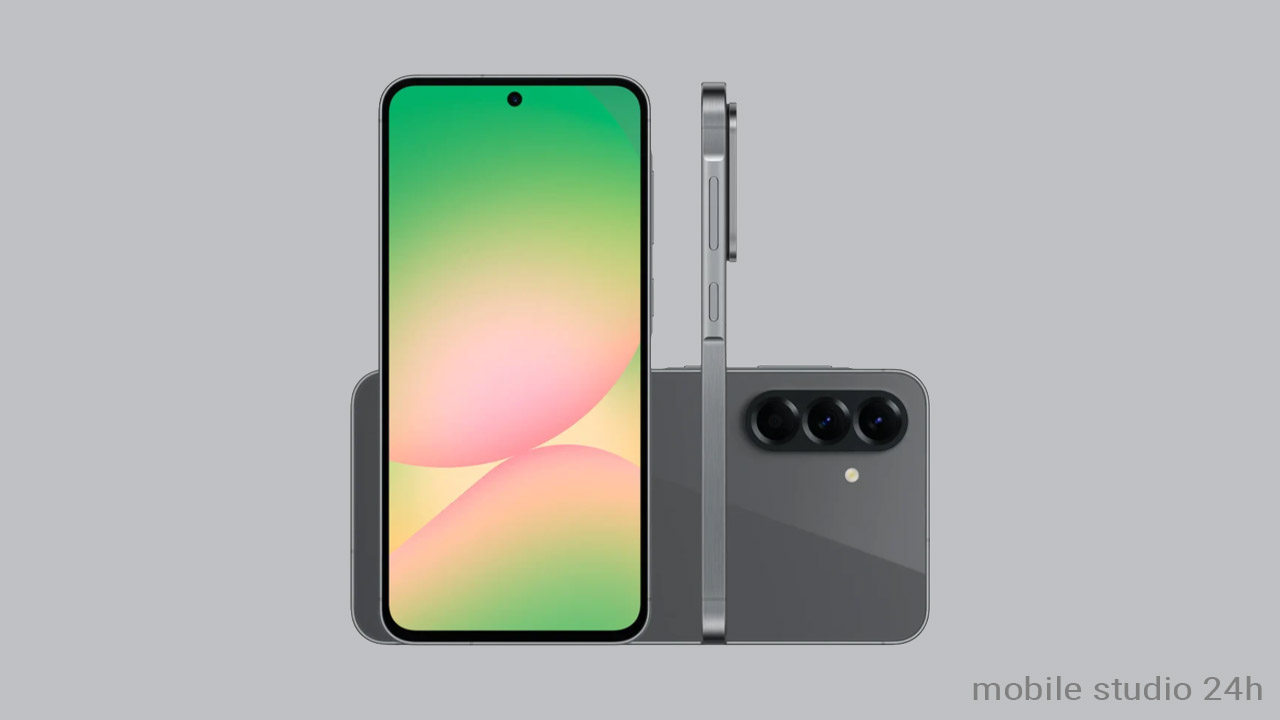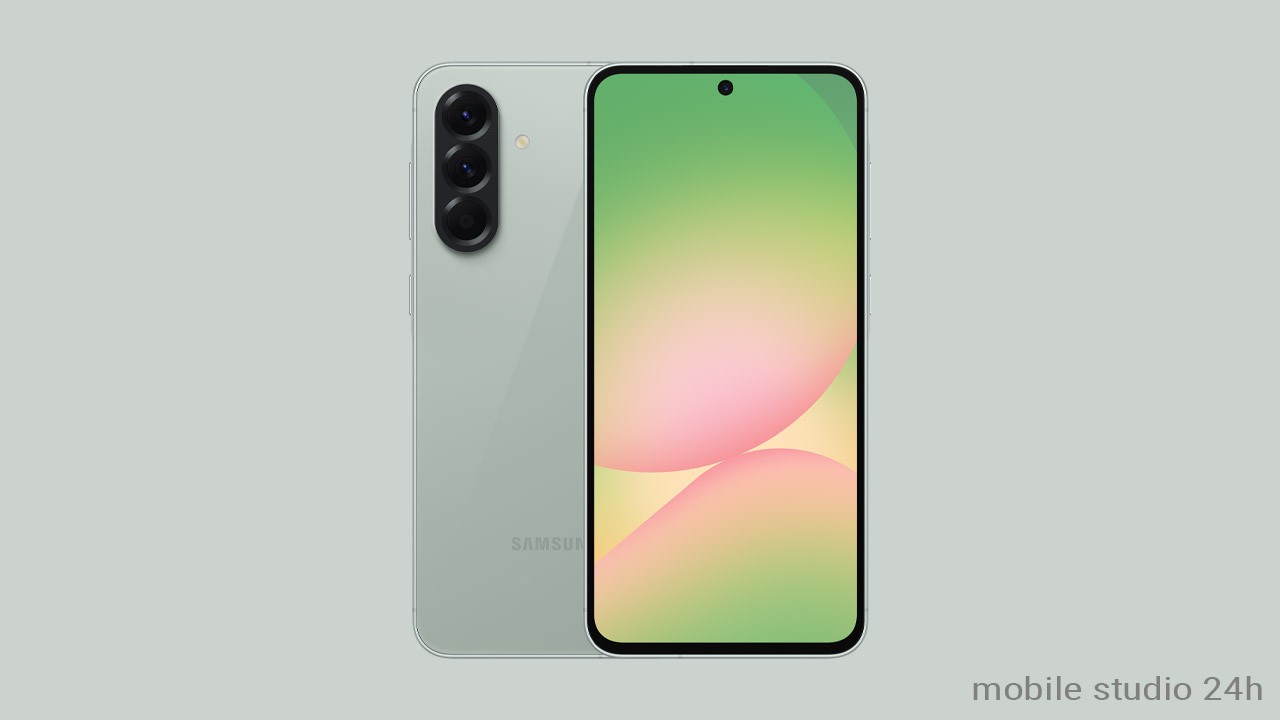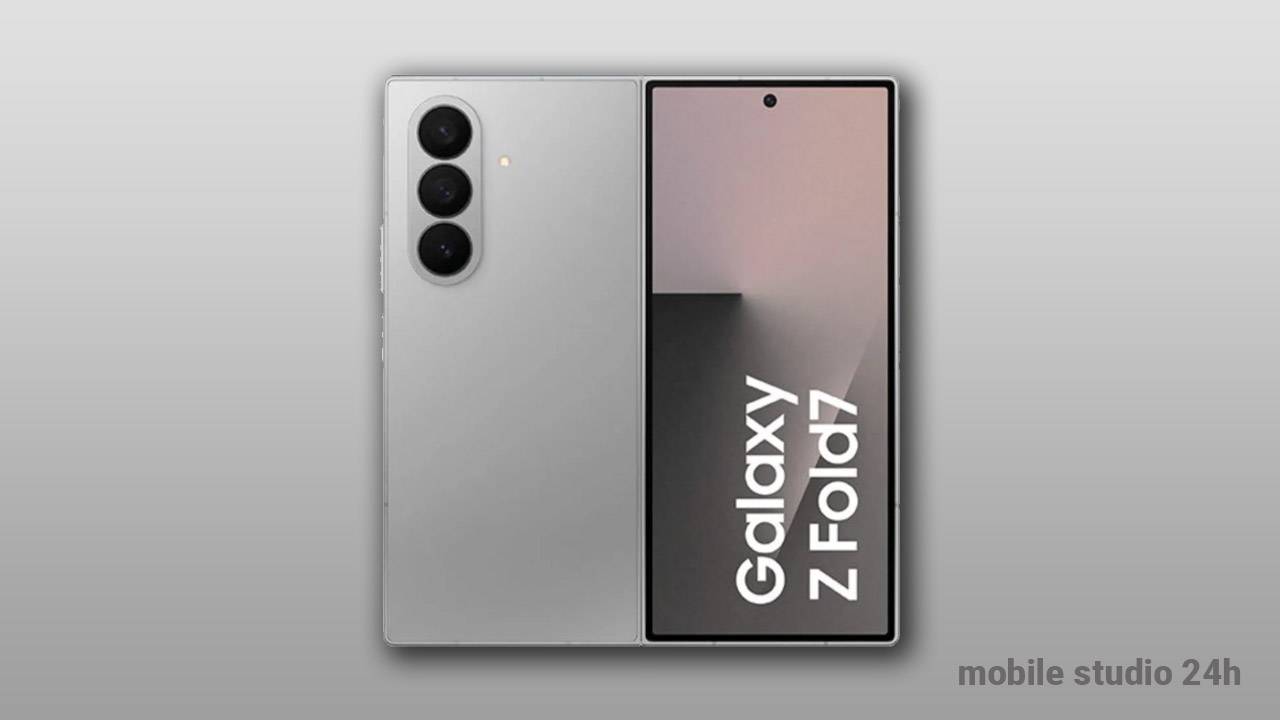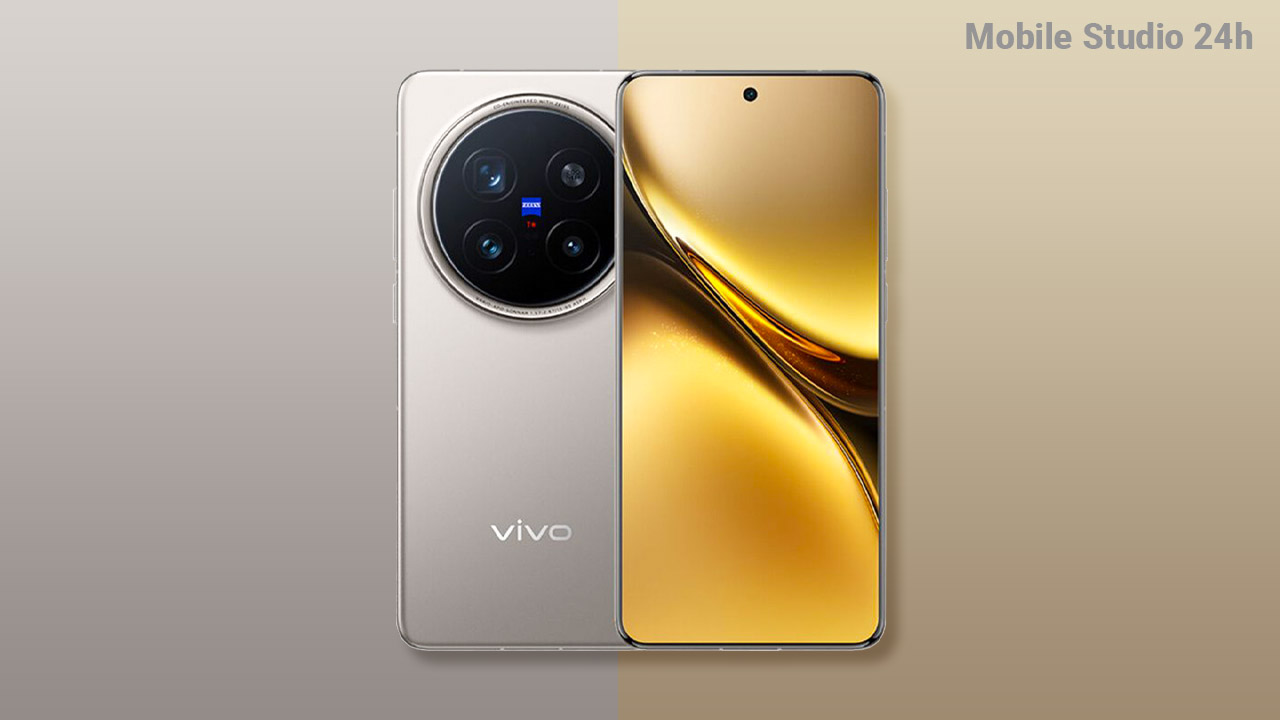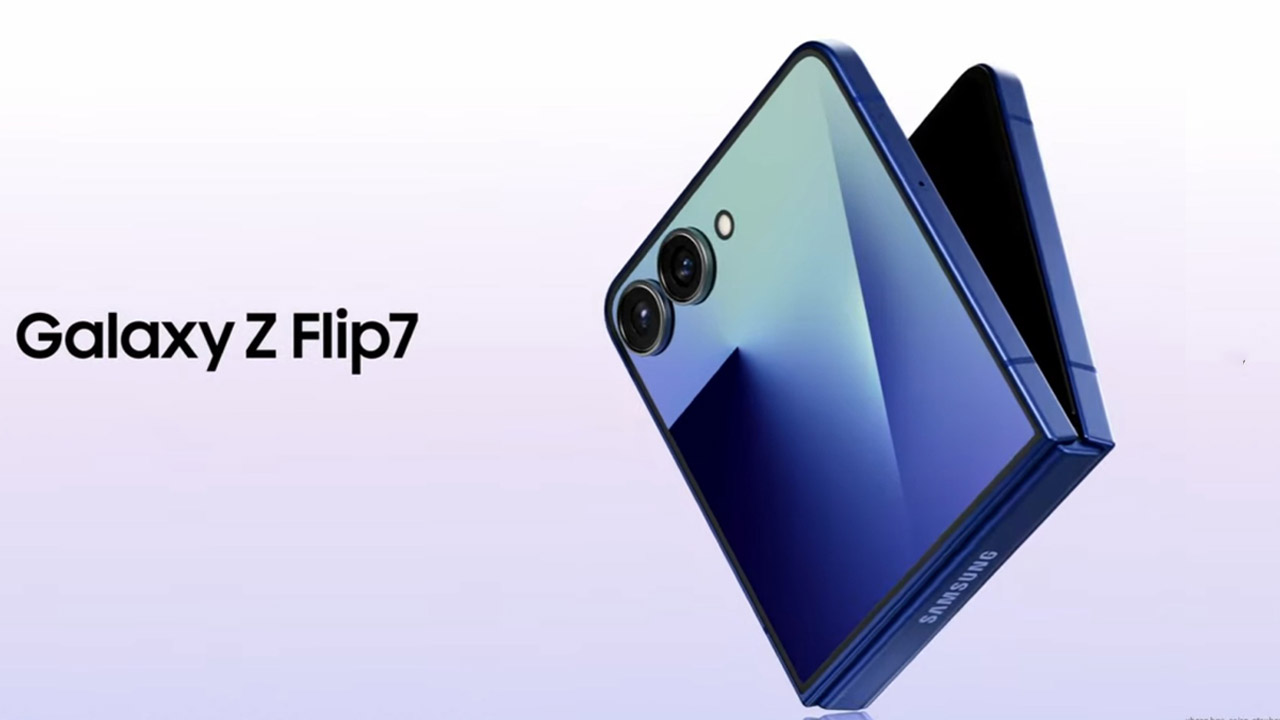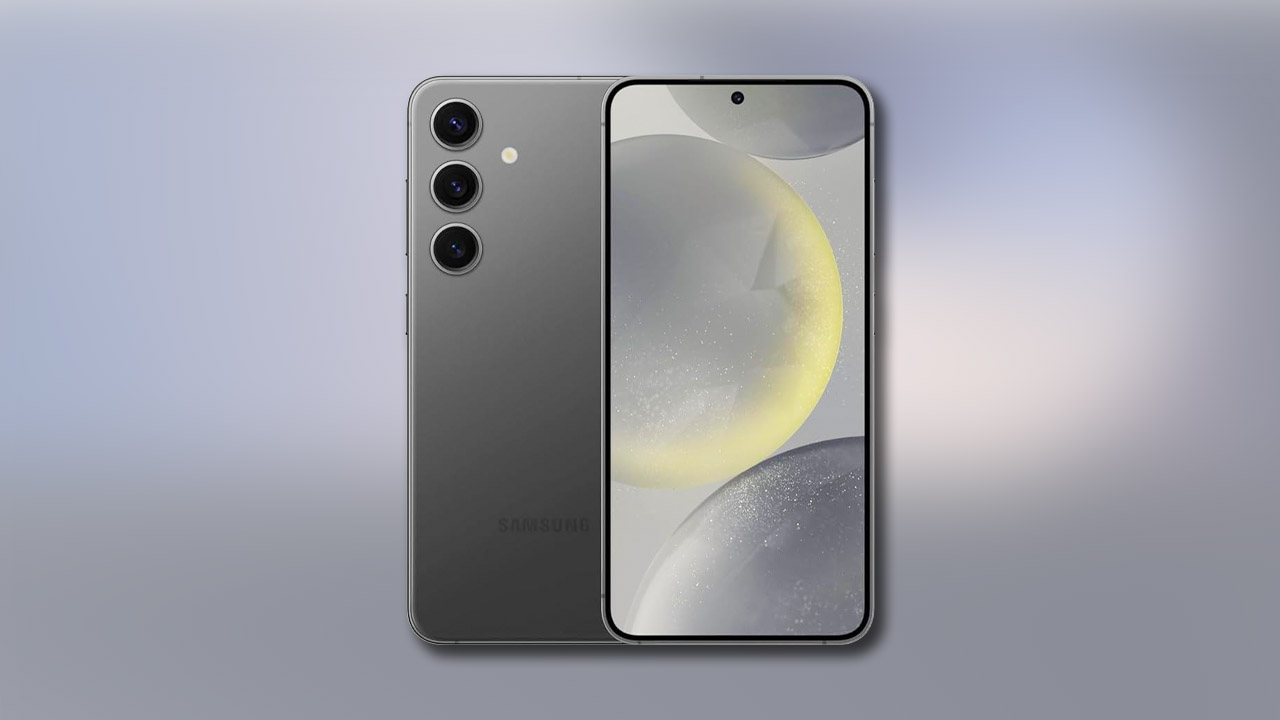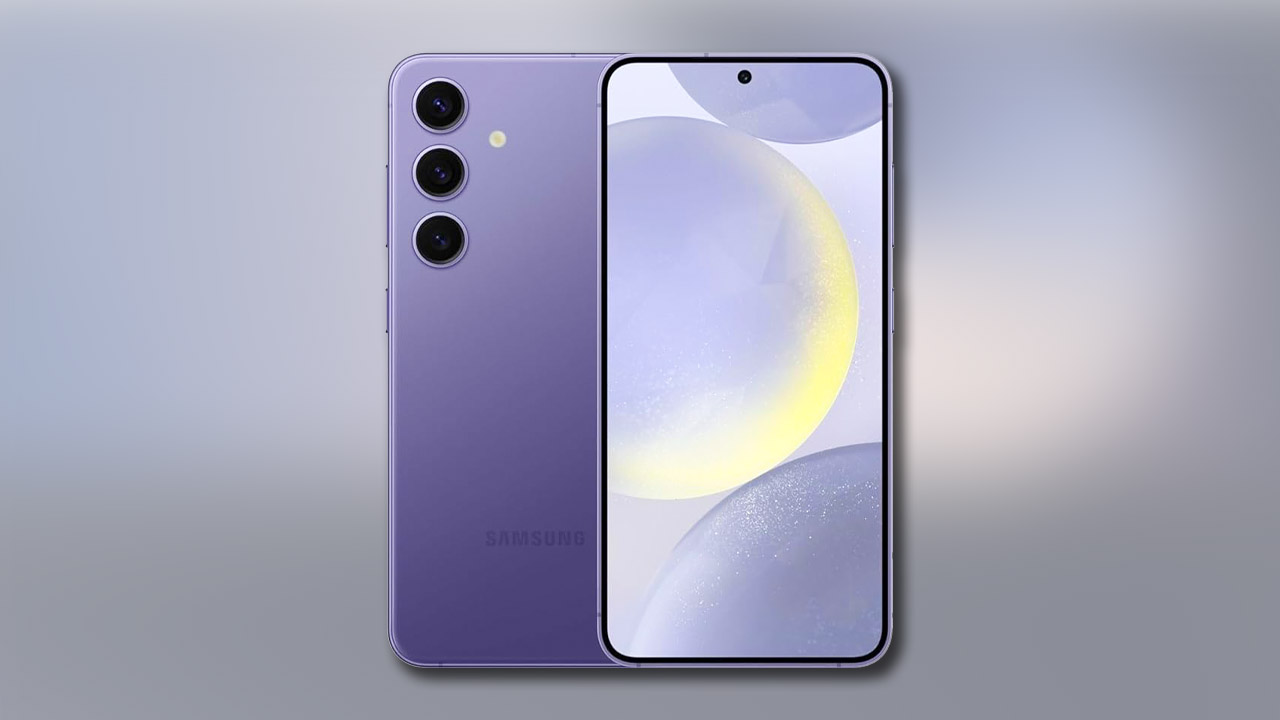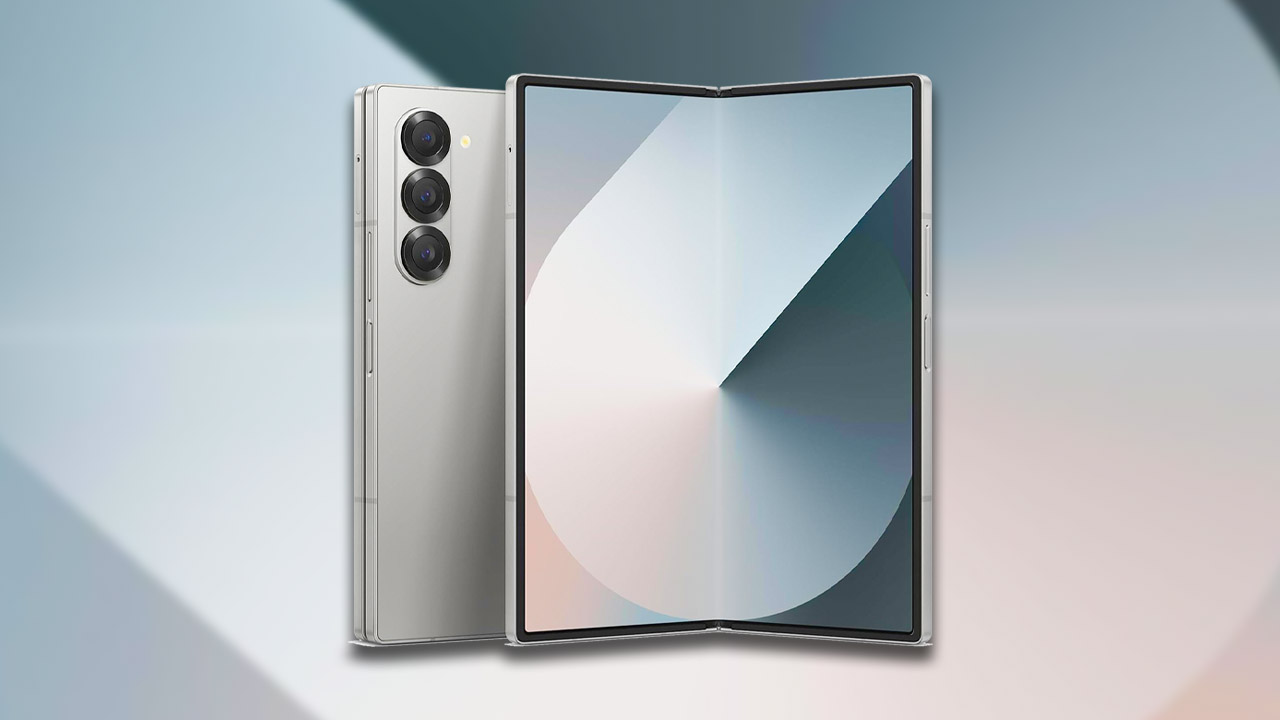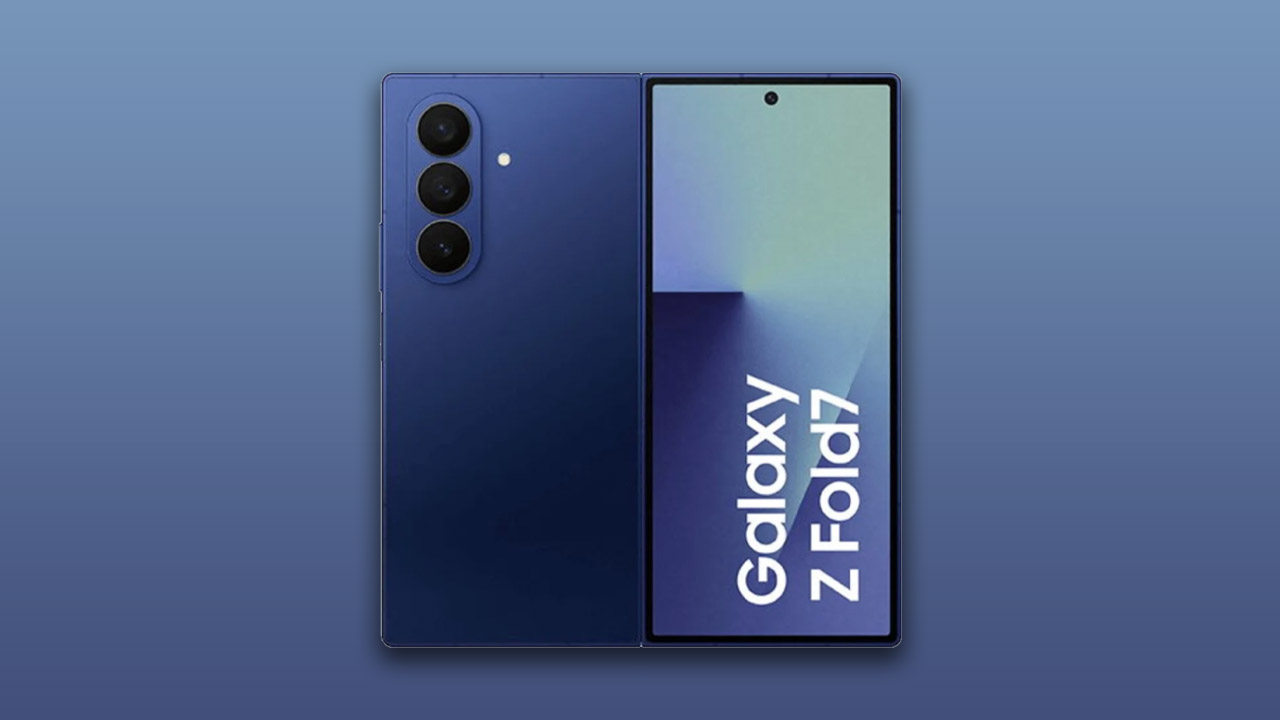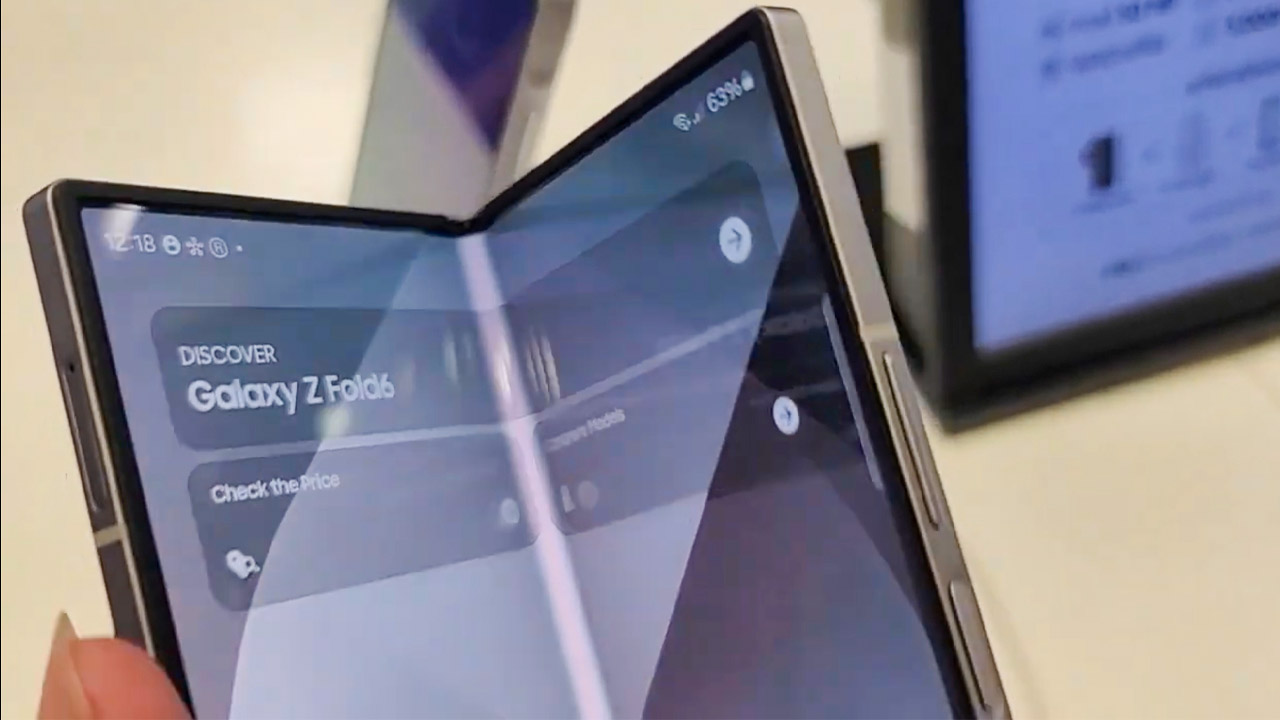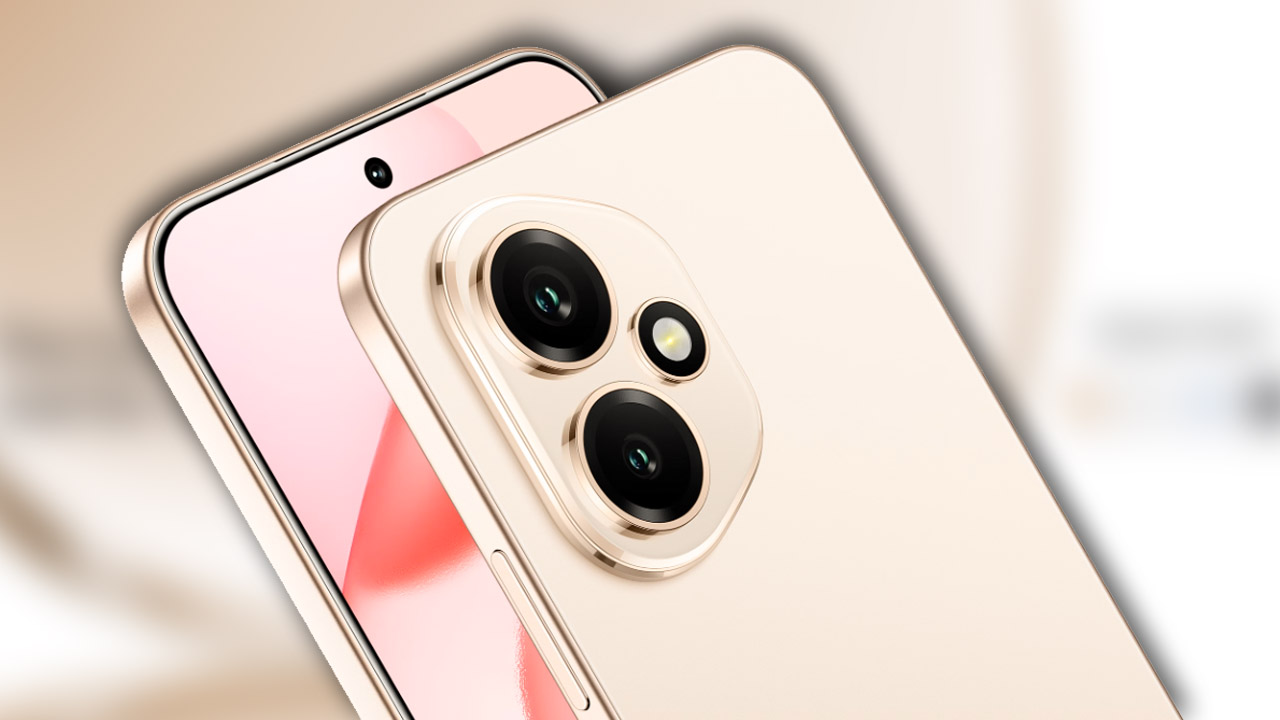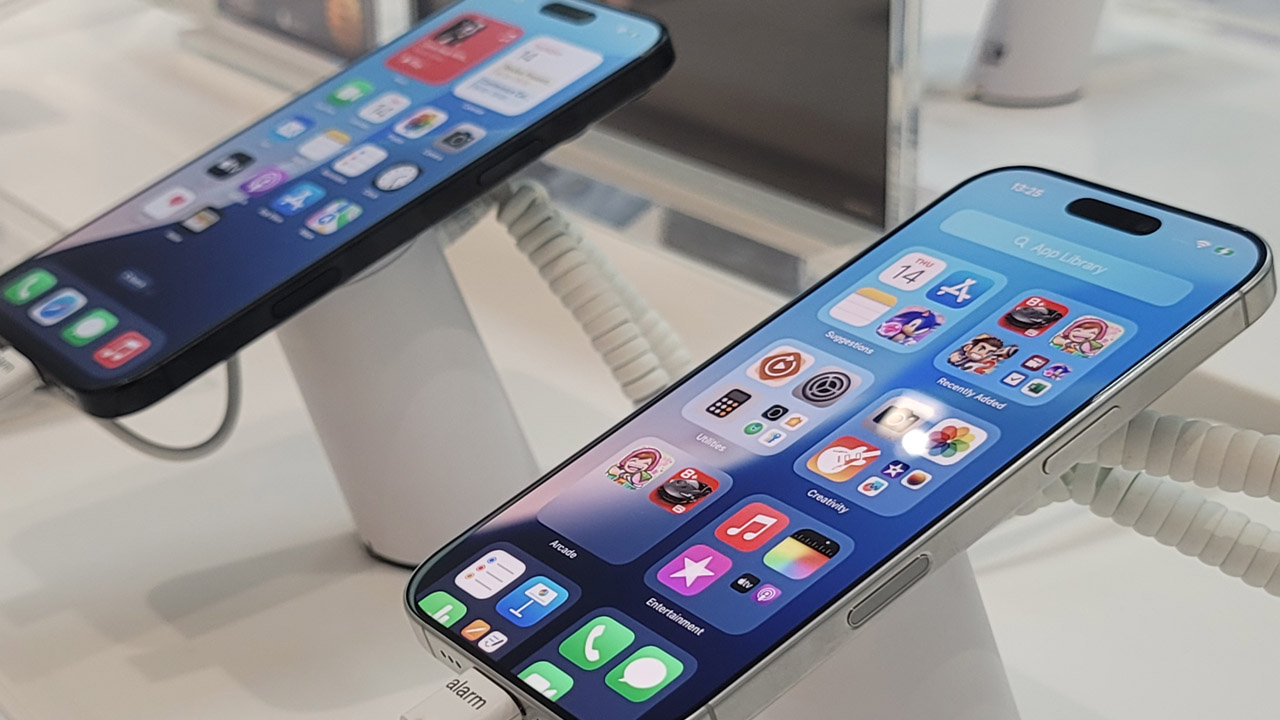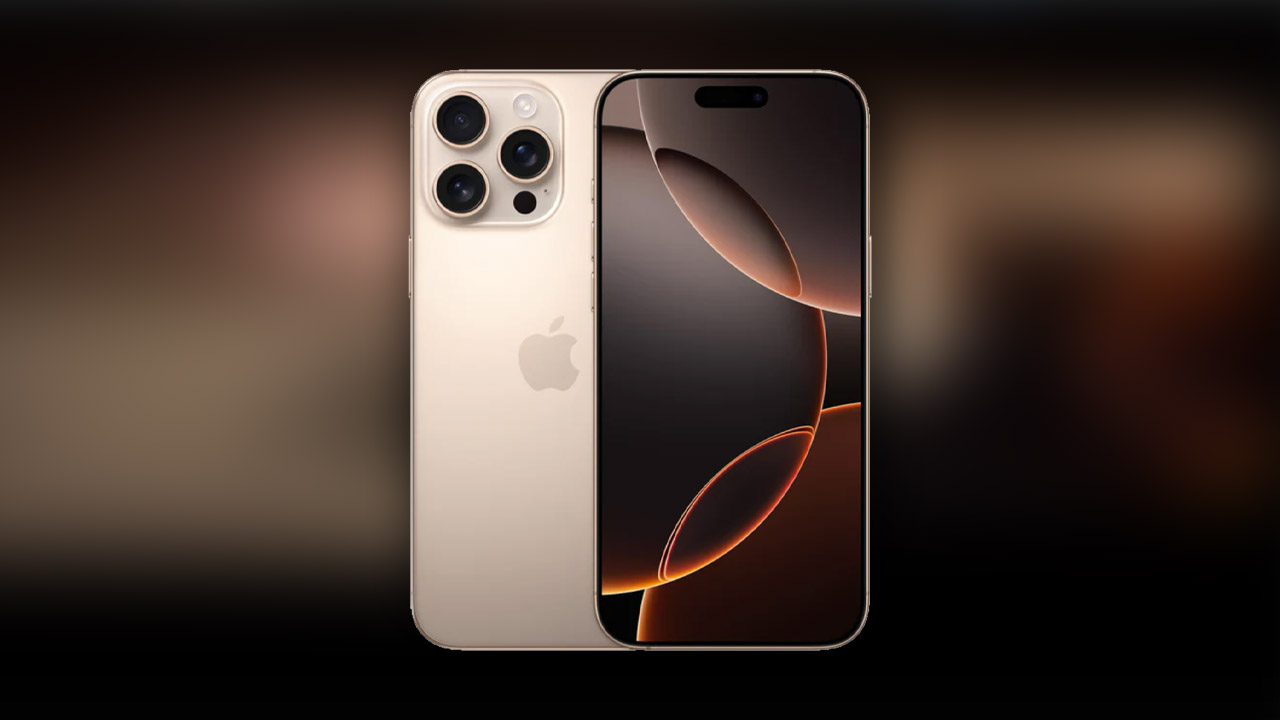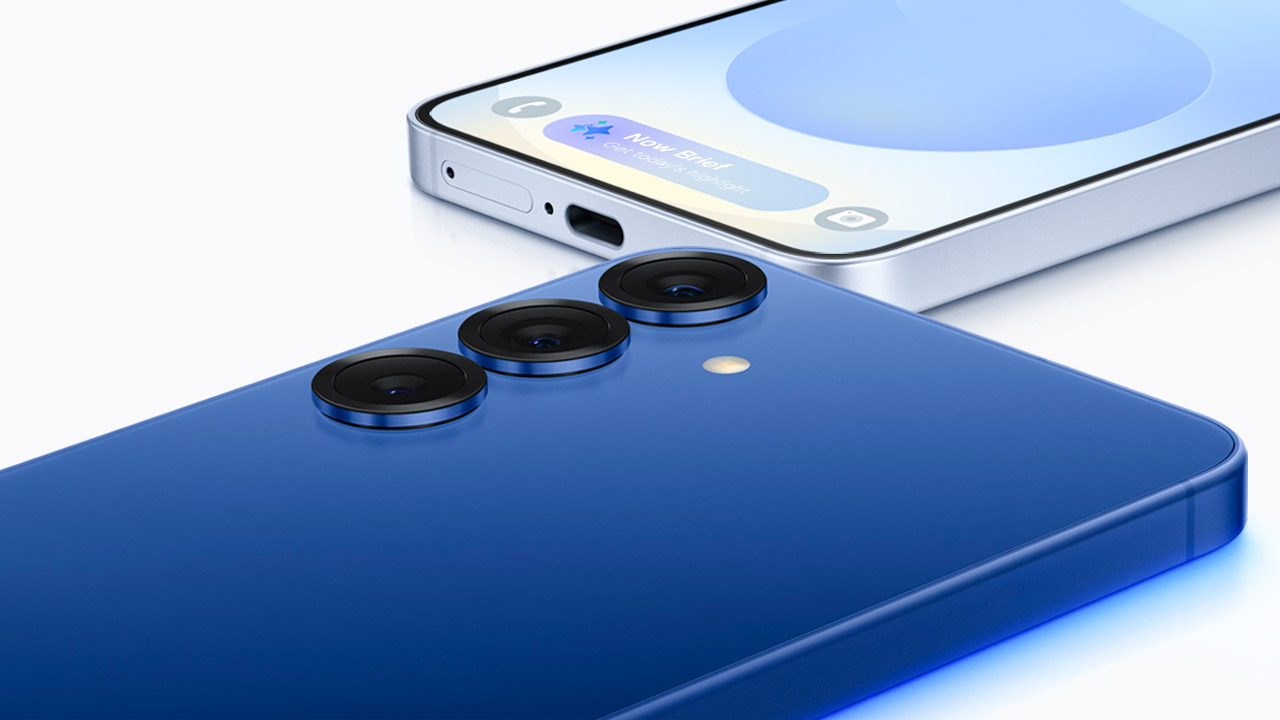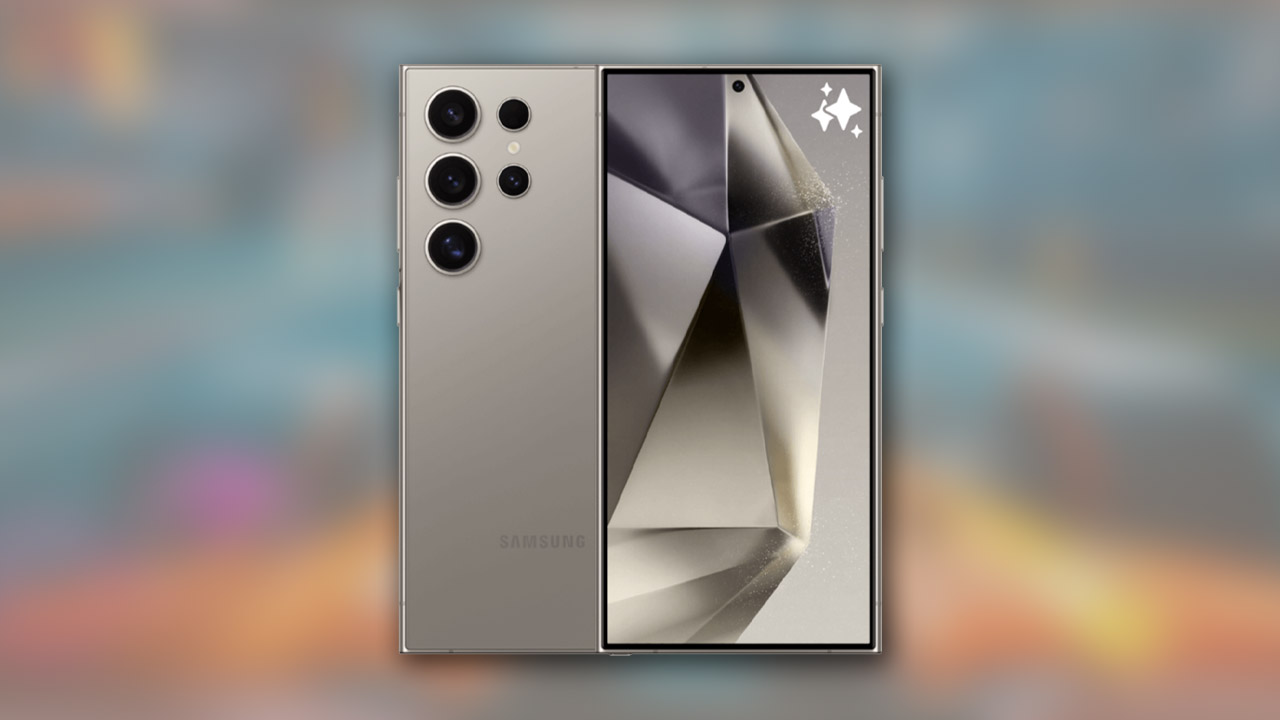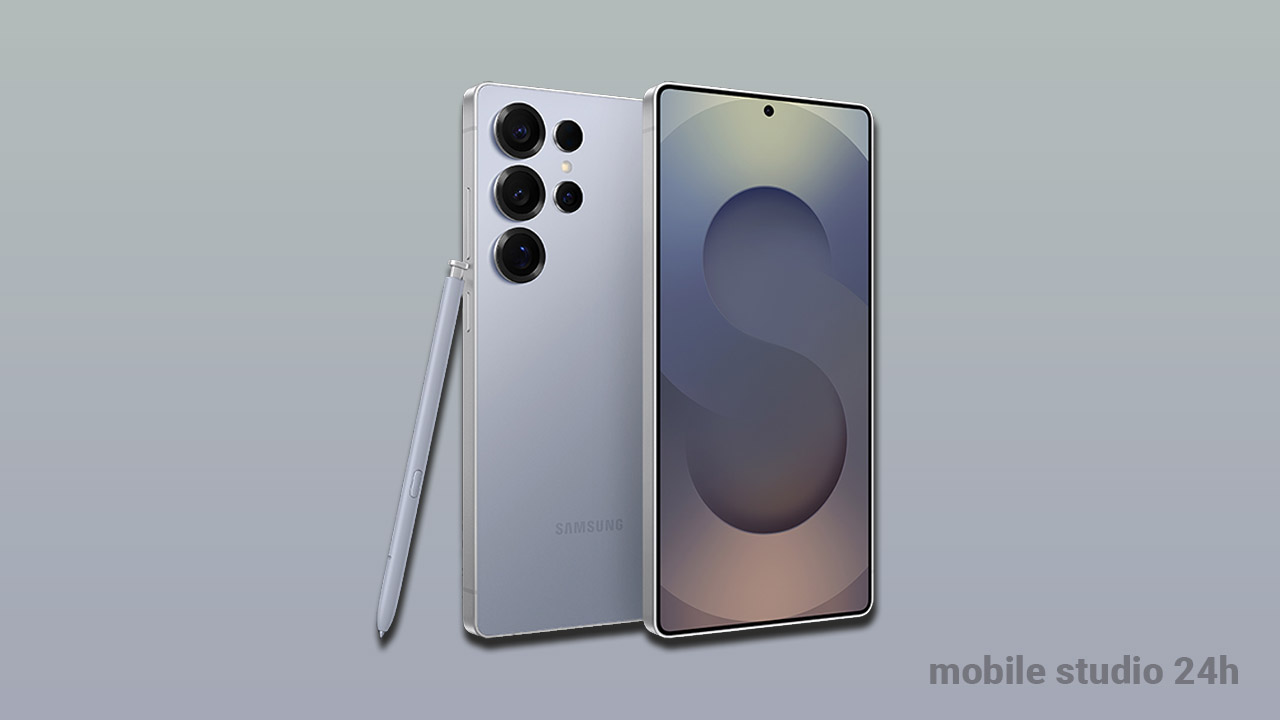
The Samsung Galaxy XR marks Samsung’s official foray into the extended reality (XR) headset market, launched in collaboration with Google and Qualcomm. Unveiled in late 2025, it is the first commercial device to run on the dedicated Android XR operating system, a platform designed to seamlessly blend the digital and physical worlds with an emphasis on artificial intelligence.
Positioned as a direct, and significantly more affordable, rival to high-end headsets like the Apple Vision Pro, the Galaxy XR is priced at approximately $1,799 for the sole 16GB RAM and 256GB storage configuration. It launched initially in the US and South Korea.
Core Technology and Visual Experience
The heart of the Galaxy XR experience is its impressive display and processing power. The headset features dual Micro-OLED displays, delivering an ultra-high resolution of 3,552 x 3,840 pixels per eye, totaling nearly 29 million pixels. This high pixel density surpasses many current competitors, offering exceptional clarity and visual fidelity. The display supports multiple refresh rates, with a default of 72Hz and a maximum of 90Hz, providing a smooth, responsive visual experience. Furthermore, it boasts a wide field of view, covering 109 degrees horizontally and 100 degrees vertically, enhancing the sense of immersion. Color accuracy is top-tier, with a 96% DCI-P3 color gamut coverage.
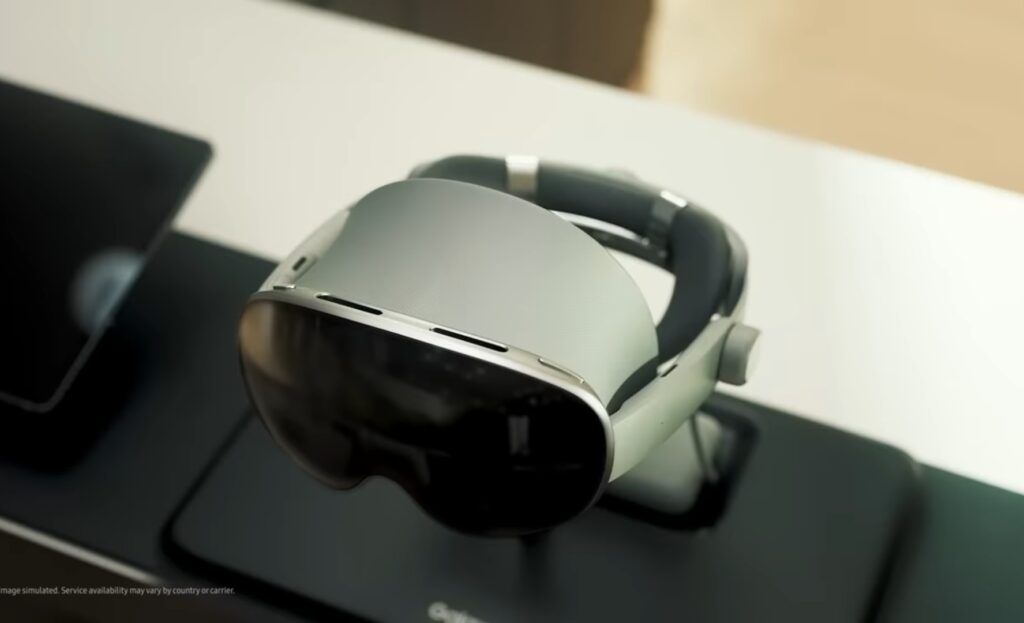
Powering this advanced hardware is the Qualcomm Snapdragon XR2+ Gen 2 Platform, a chipset specifically optimized for extended reality to handle the demanding requirements of high-resolution displays and sophisticated sensor processing. This processor is coupled with a generous 16GB of RAM and 256GB of internal storage.
An AI-Native, Open Ecosystem
A key differentiator for the Galaxy XR is its deep integration with Google’s Gemini AI. As the first device on the Android XR platform, Gemini is embedded at the system level, acting as a multimodal, context-aware assistant. This allows users to interact with the device naturally using voice commands, eye movements, and gestures. Gemini can understand what the user is seeing in the real world through the passthrough cameras—for instance, allowing users to employ the familiar “Circle to Search” feature on real-world objects or use voice commands based on on-screen content.
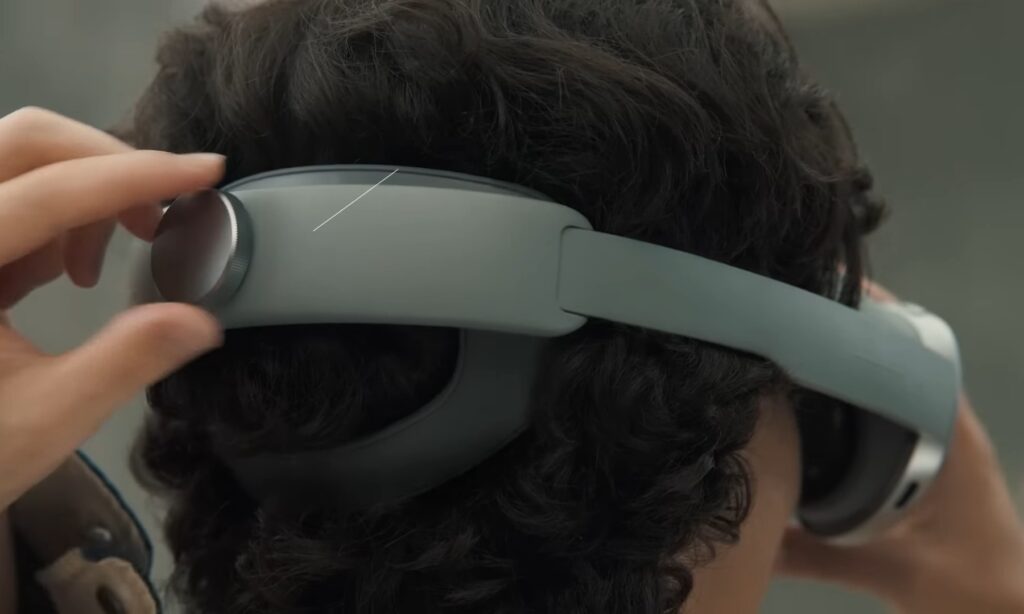
The Android XR operating system is built on open standards, supporting existing Android applications out of the box. This immediately grants the Galaxy XR access to a vast library of familiar mobile apps, alongside new, optimized XR versions of Google services like YouTube, Google Maps (with its 3D Immersive View), and Google Photos, which can convert existing 2D photos and videos into immersive 3D memories.
Design, Comfort, and Interaction
In terms of physical design, the Galaxy XR prioritizes user comfort and practical wearability. The headset itself weighs approximately 545 grams (with the forehead cushion), which is lighter than its main premium competitor. To maintain a lightweight and balanced feel on the head, the device utilizes a tethered, external battery pack weighing 302 grams. This battery provides up to 2 hours of general use or 2.5 hours of 2D video playback and can be used while charging.
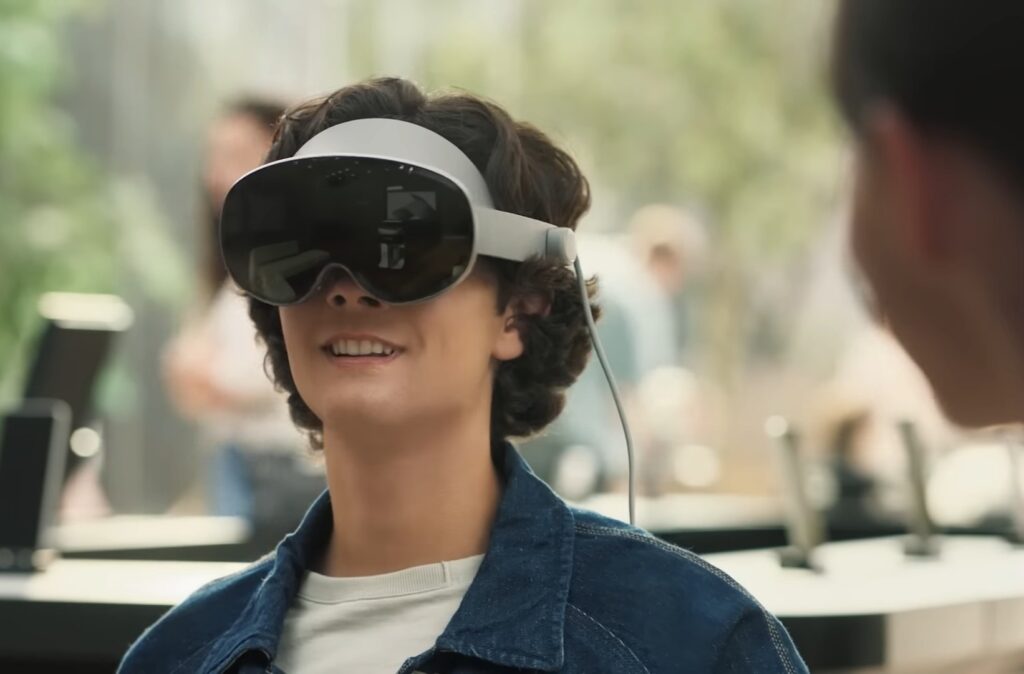
Interaction is handled primarily through a sophisticated array of sensors and cameras. The device supports precise eye tracking and hand gesture tracking for intuitive, controller-free navigation. For users who prefer a physical input, dedicated Galaxy XR Motion Controllers are available as an optional purchase. The array of sensors is comprehensive, including two high-resolution passthrough cameras for mixed reality, six world-facing tracking cameras, four eye-tracking cameras, a depth sensor, and multiple Inertial Measurement Units (IMUs).
Audio is delivered through an integrated system featuring two two-way speakers (woofer and tweeter) and a six-microphone array with beamforming capabilities, supporting immersive spatial audio. For security, the headset includes Iris Recognition.
Accessories and Market Position
Samsung supports the Galaxy XR with an ecosystem of accessories, including an official carrying case and prescription lenses sold separately through EssilorLuxottica’s EyeBuyDirect.com. Furthermore, early buyers are offered an incentive, “The Explorer Pack,” which includes a one-year subscription to premium services like Google AI Pro, YouTube Premium, and a suite of specialized XR content, collectively valued at over $1,000.
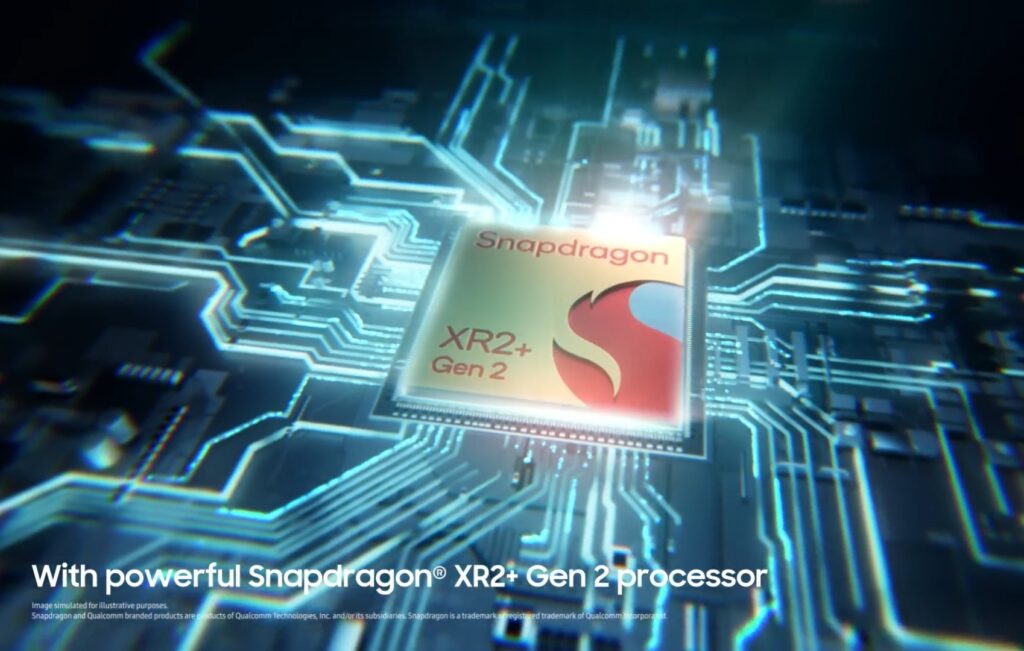
The Galaxy XR is strategically positioned to democratize high-end XR technology. While its price point is substantial, it significantly undercuts rival premium headsets while offering comparable or superior specs in key areas like display resolution. By leveraging the open, app-rich Android ecosystem and integrating Google’s powerful Gemini AI, Samsung is challenging the notion of a closed, singular platform, aiming to make extended reality a more practical, AI-enhanced tool for both productivity and immersive entertainment. The Galaxy XR represents the first step in Samsung and Google’s long-term roadmap for Android XR, which is expected to expand into more subtle form factors like AI-powered smart glasses in the near future.



